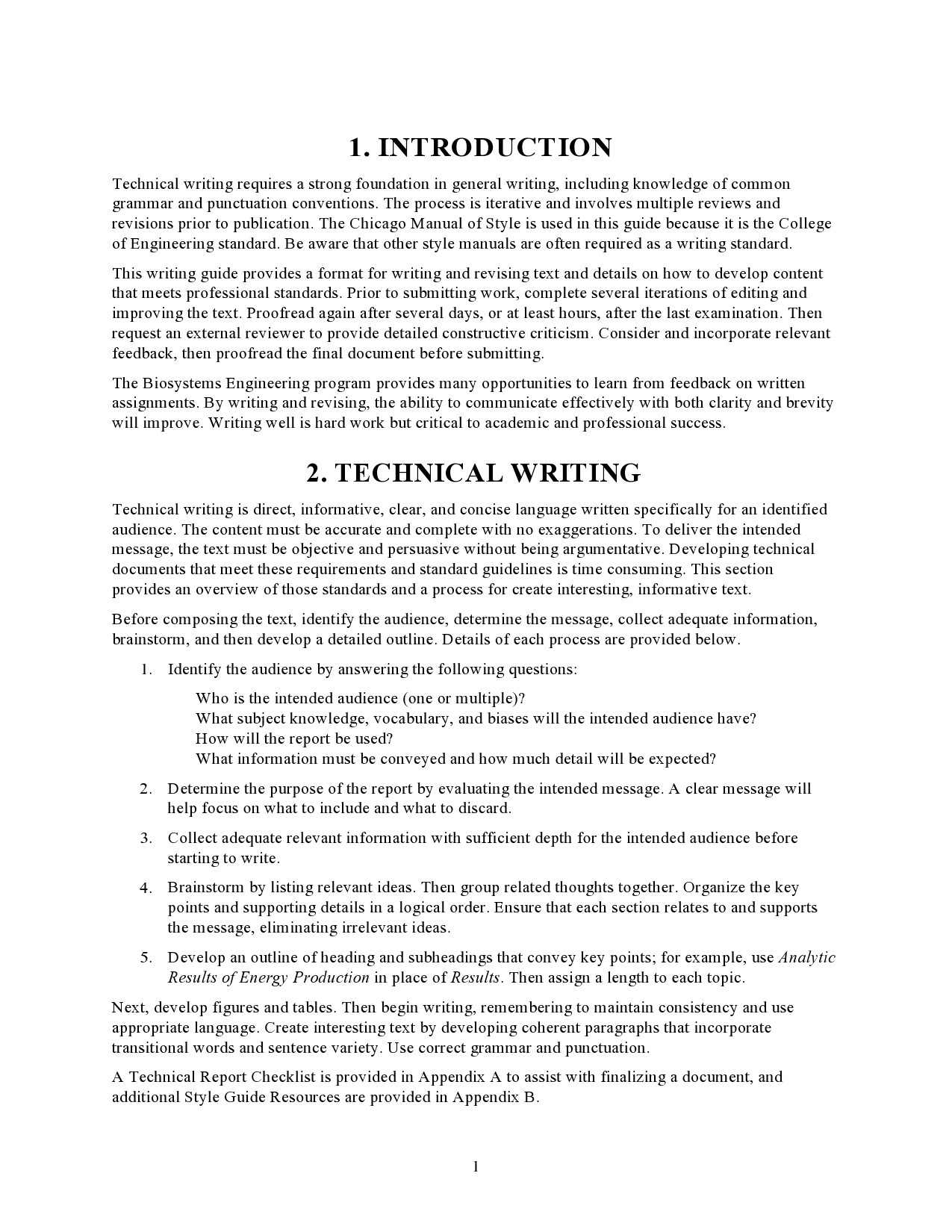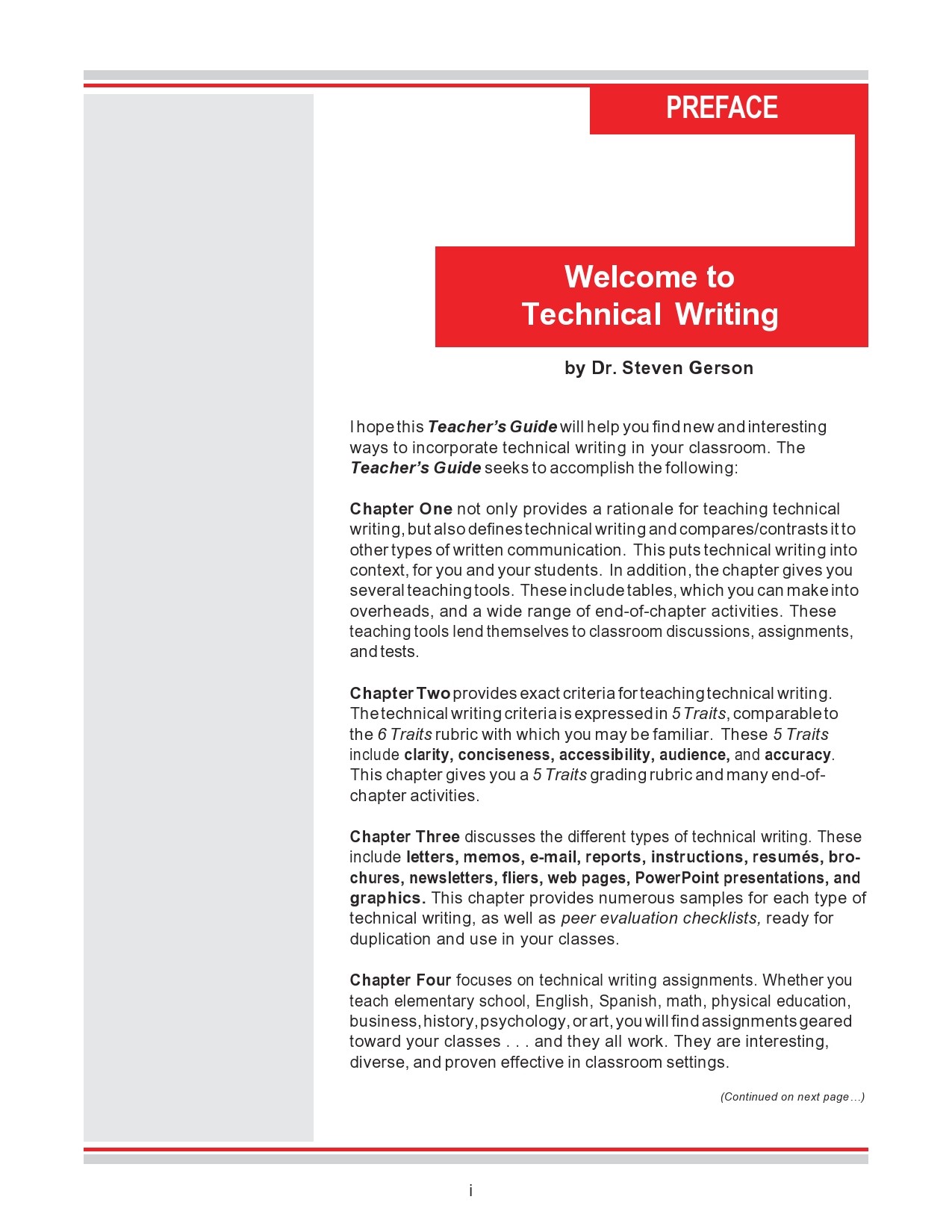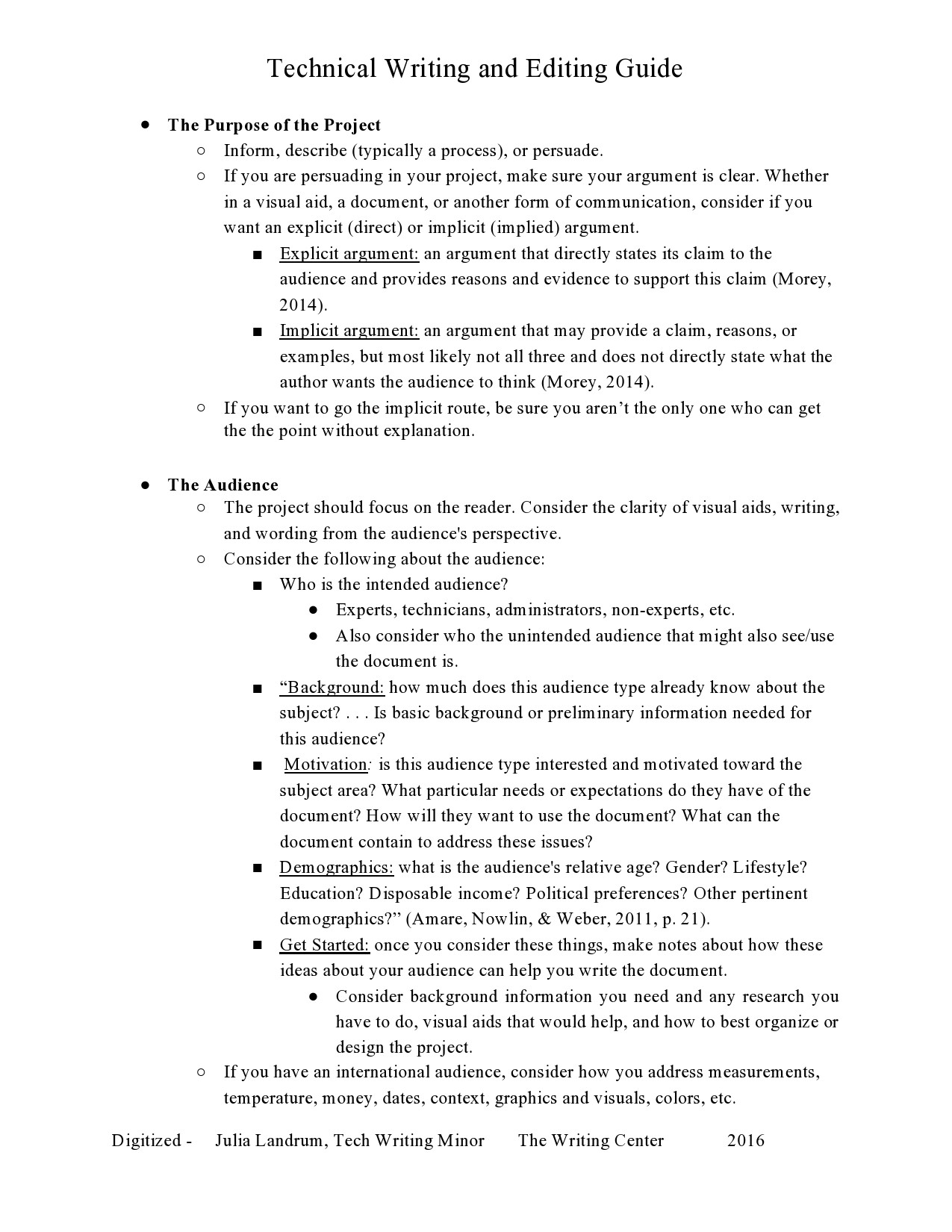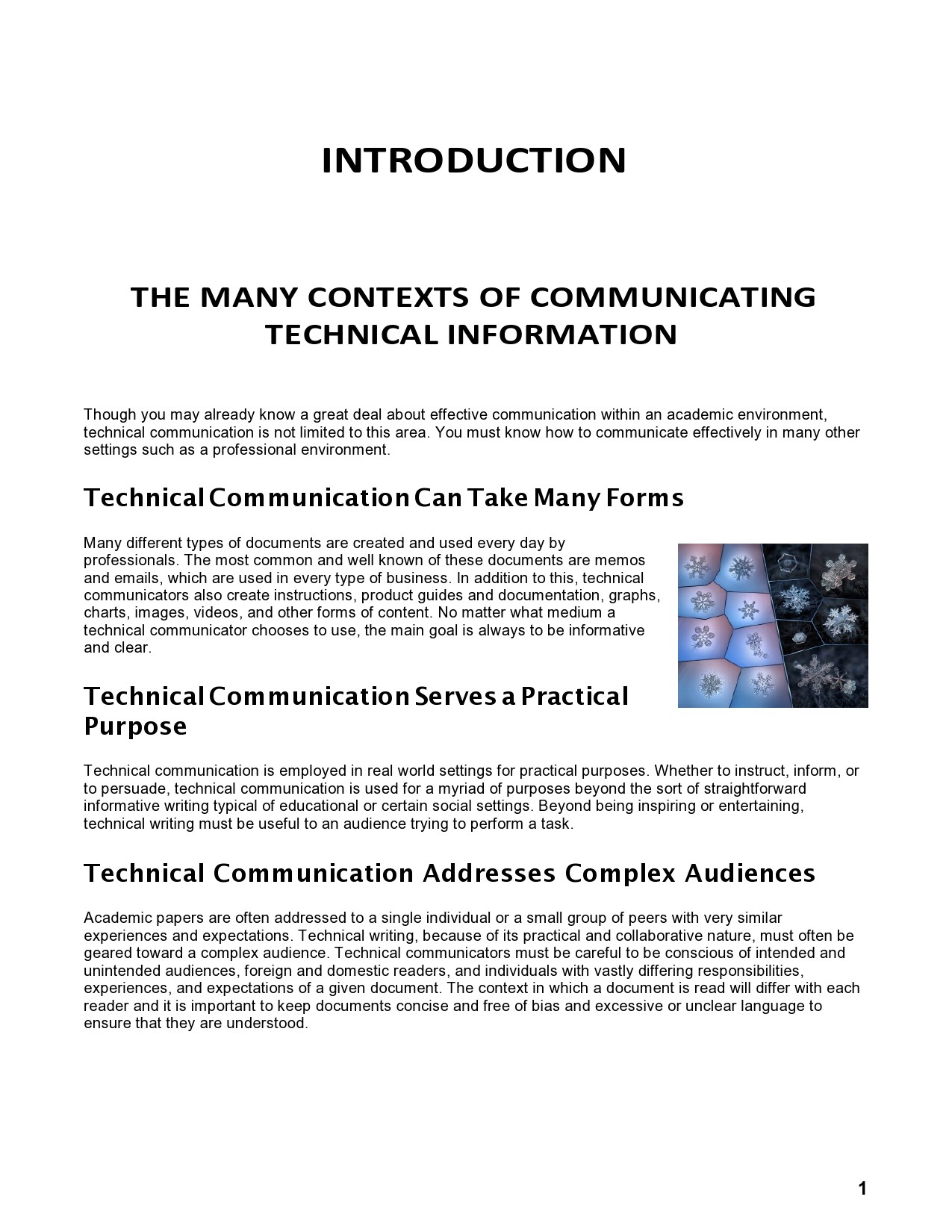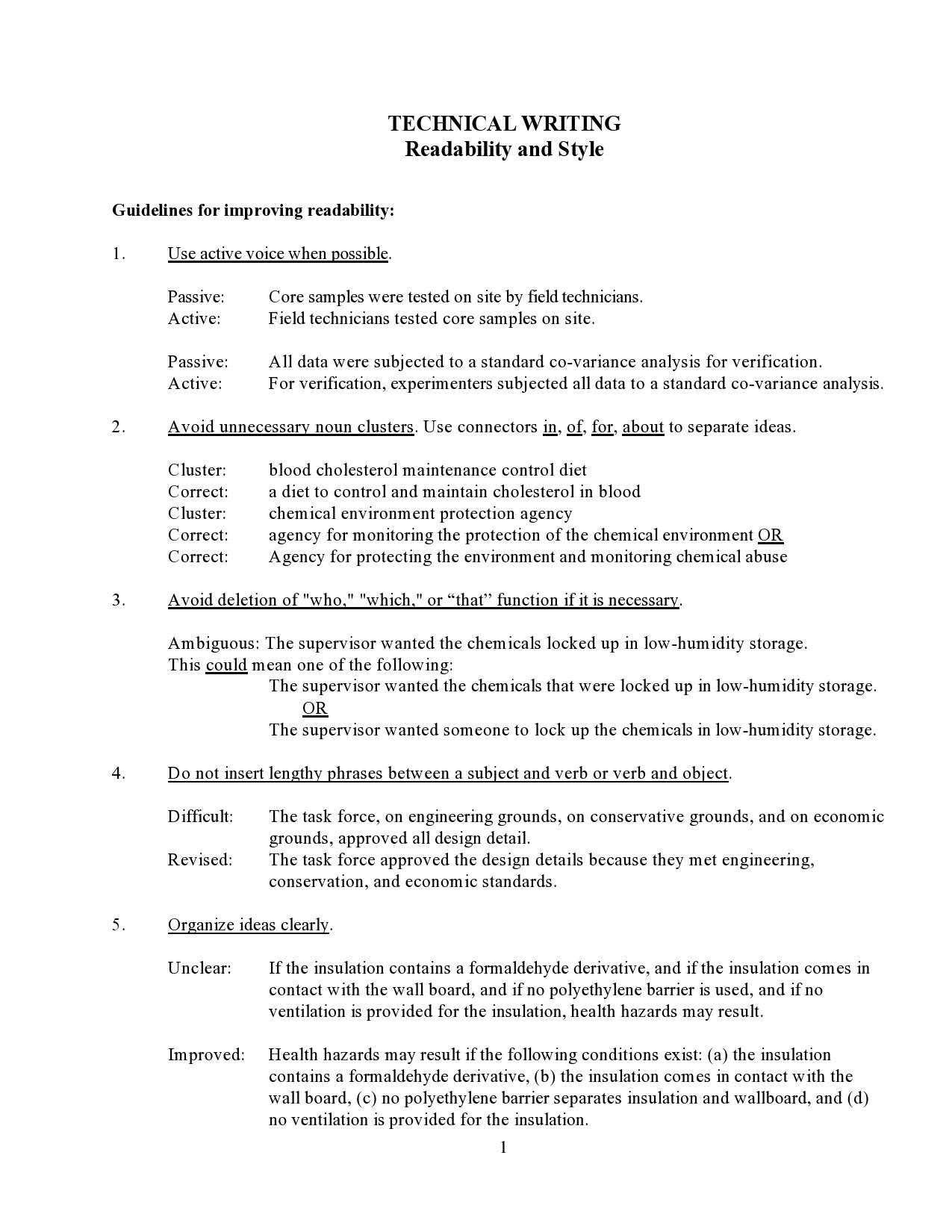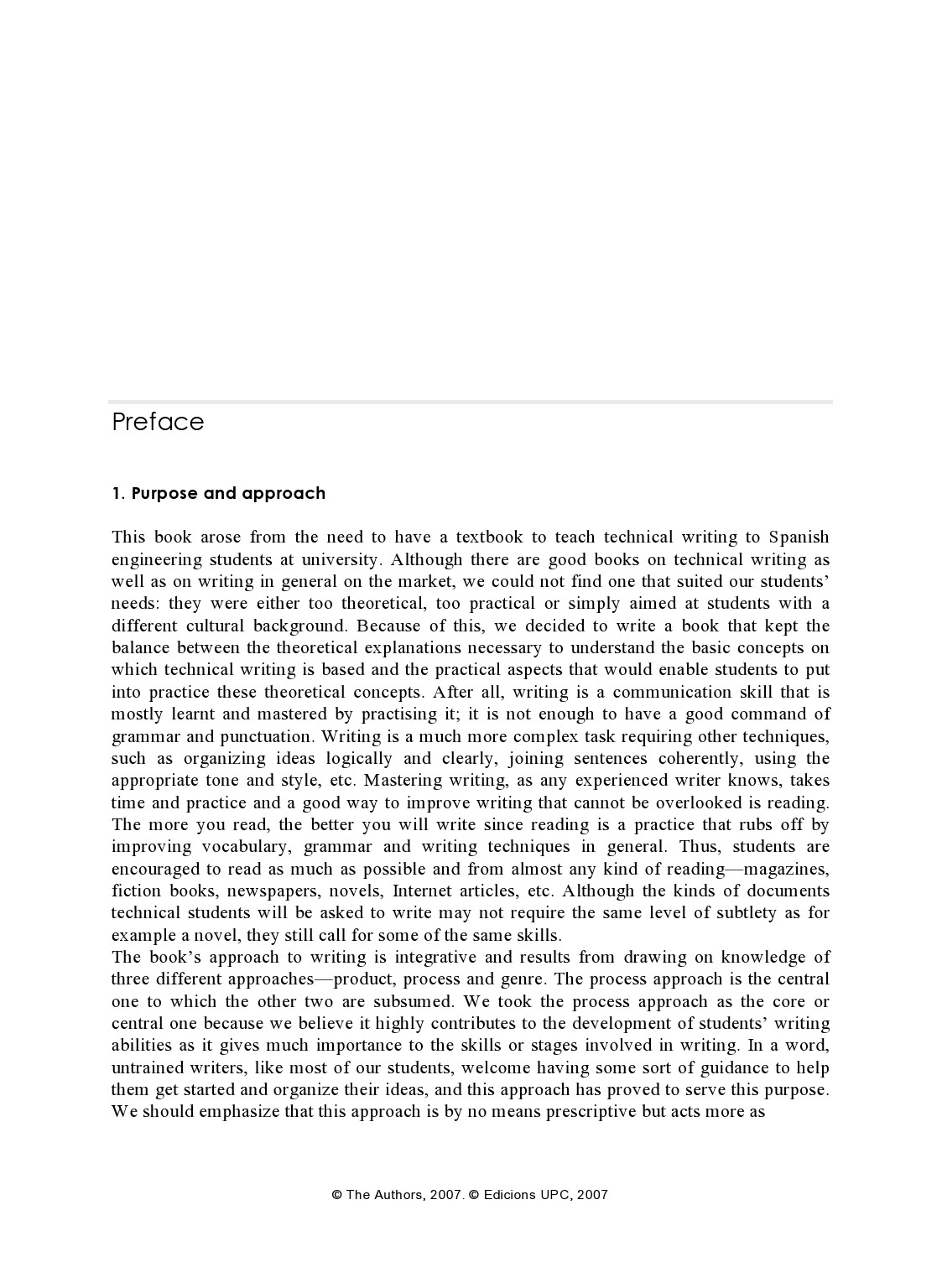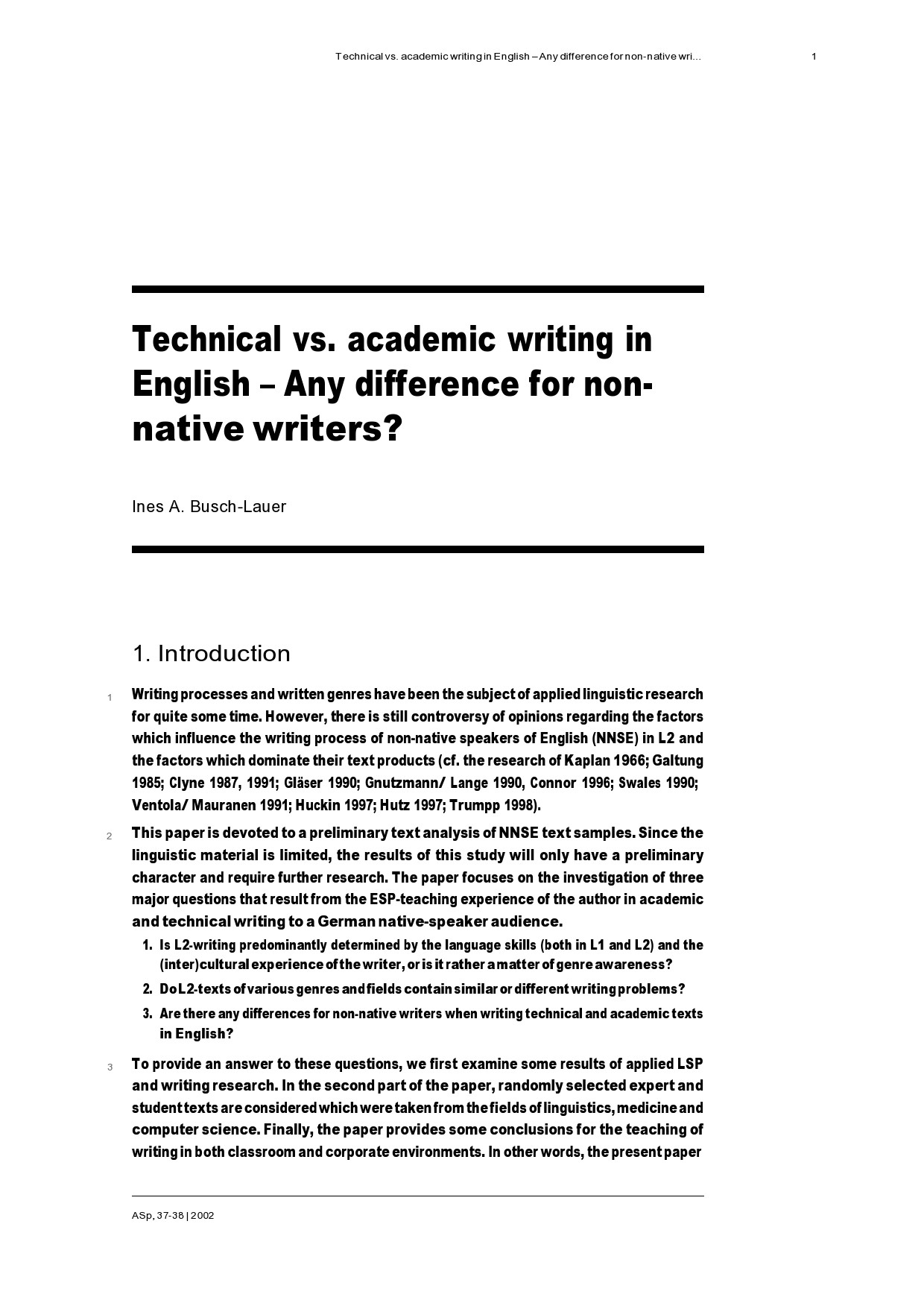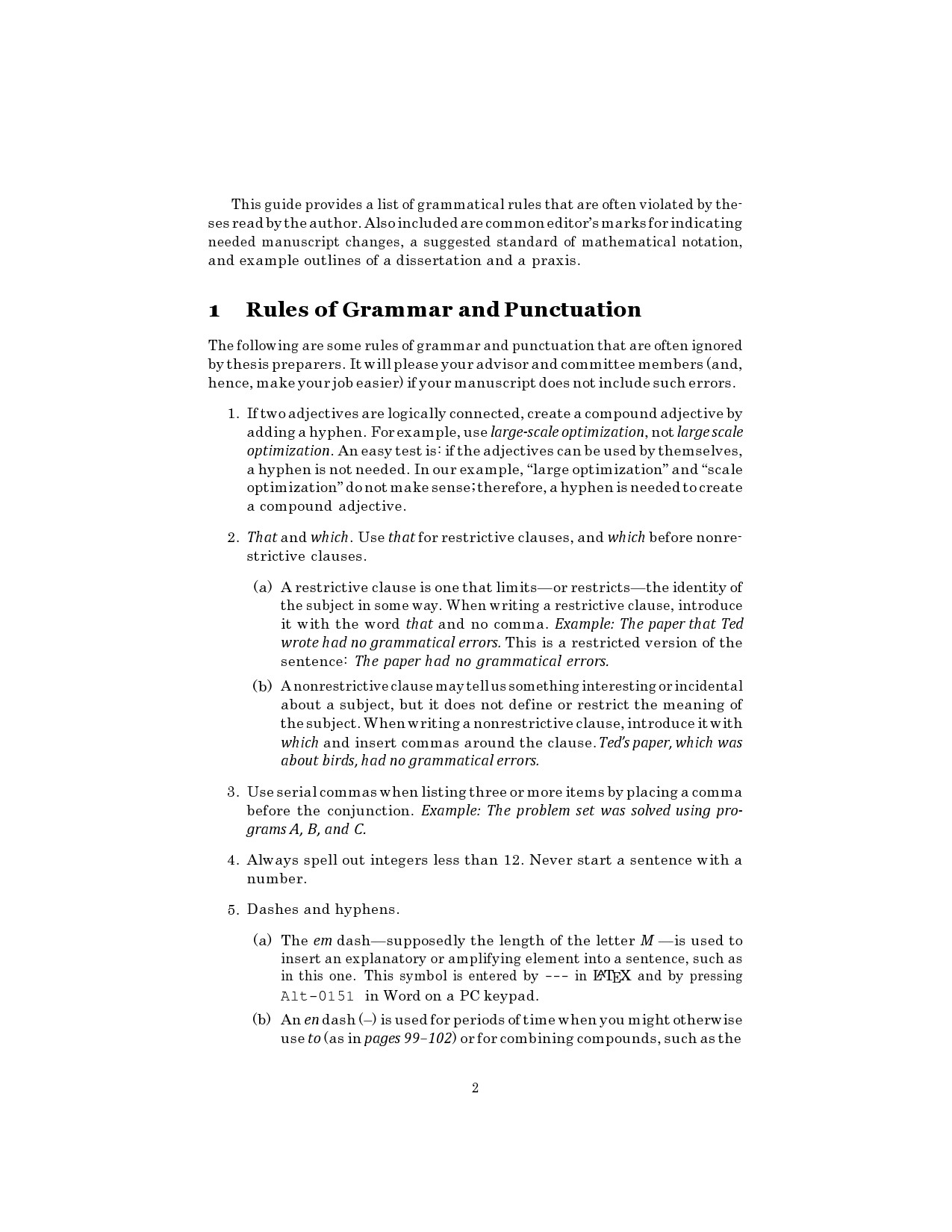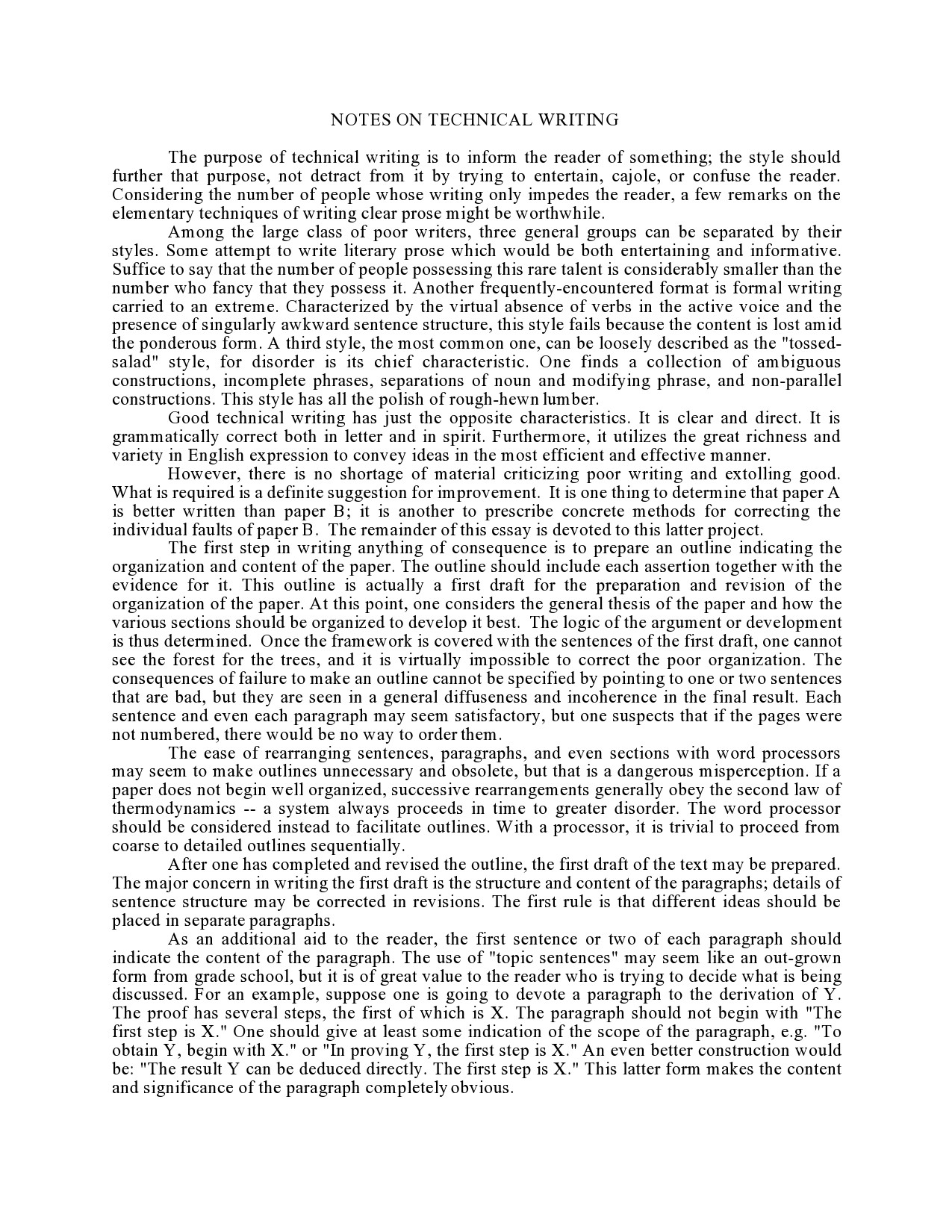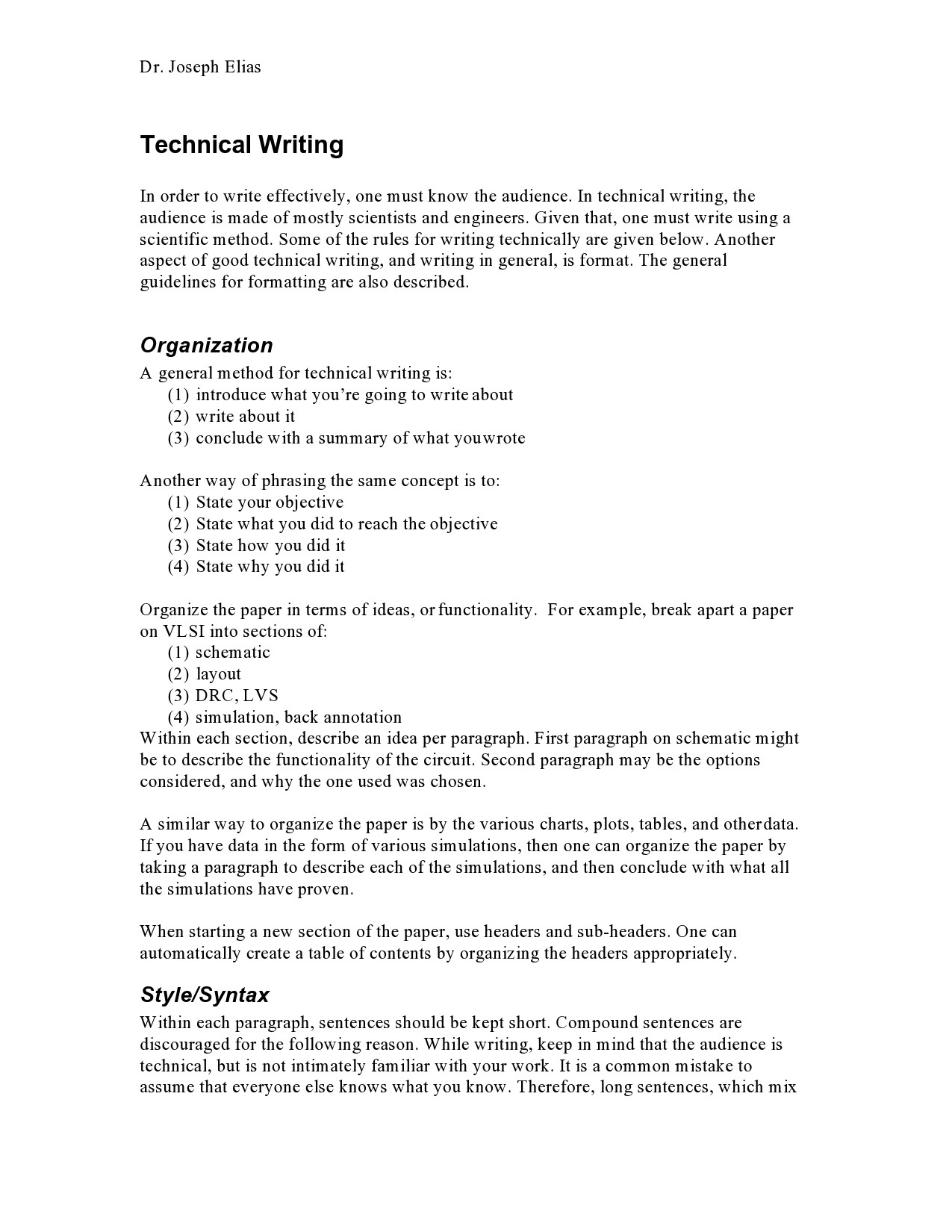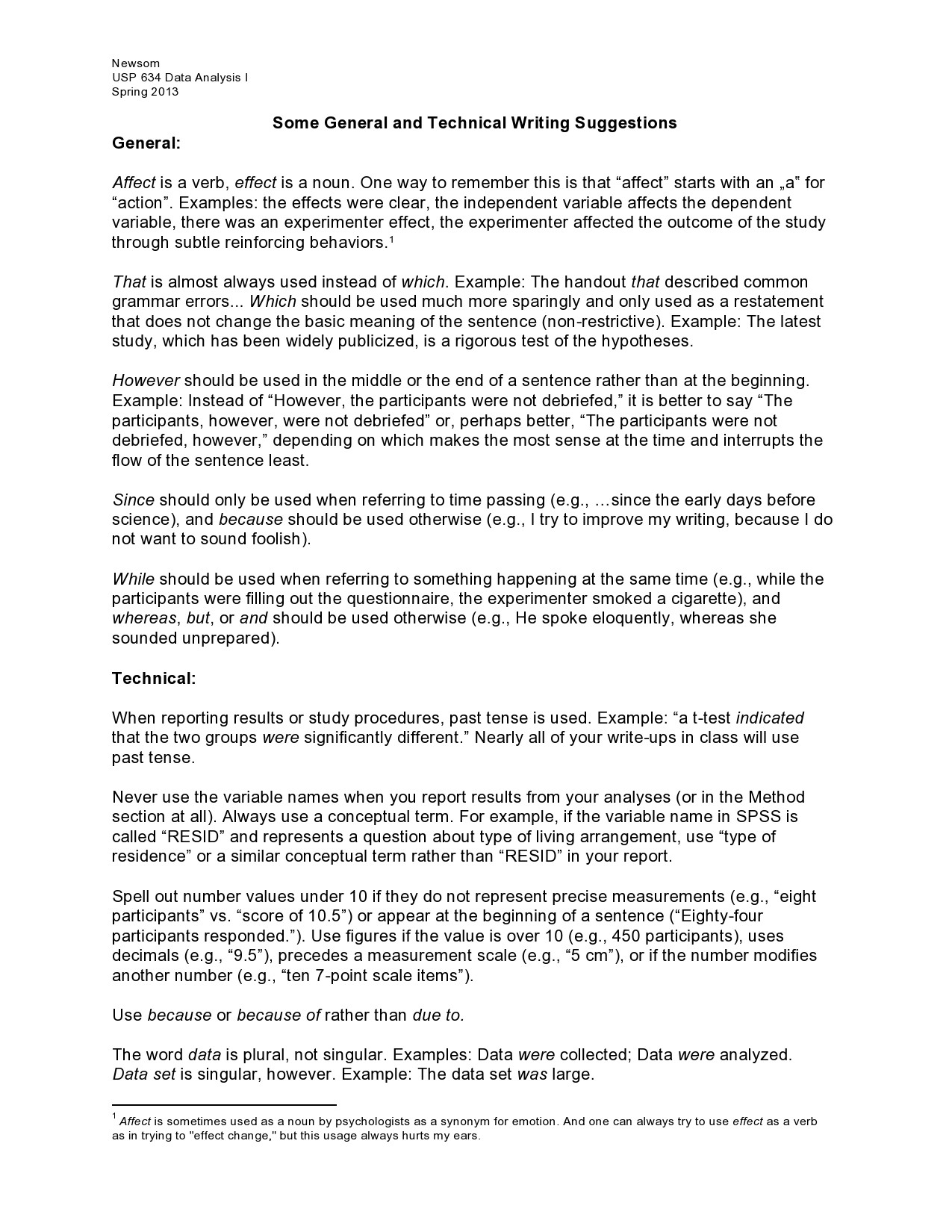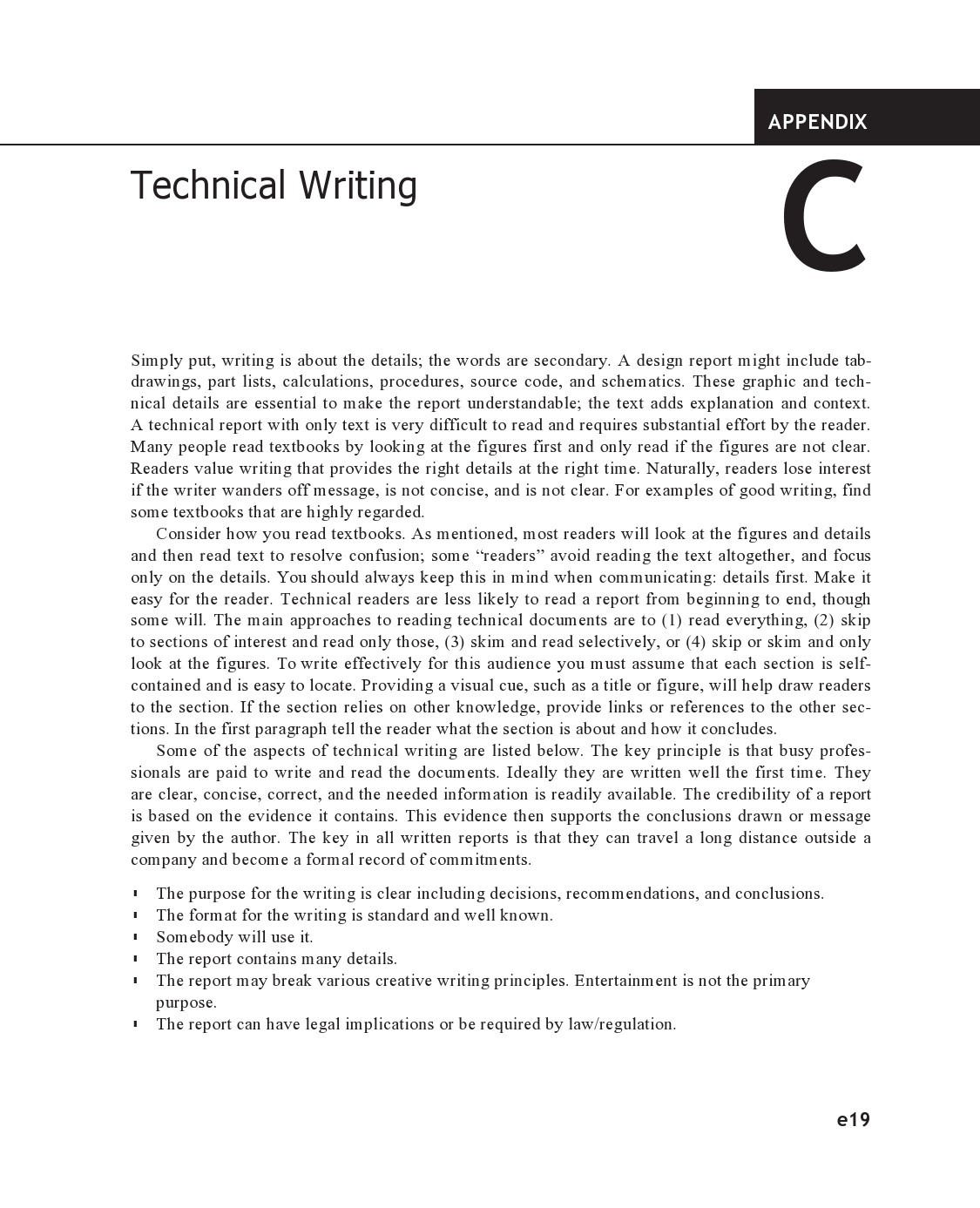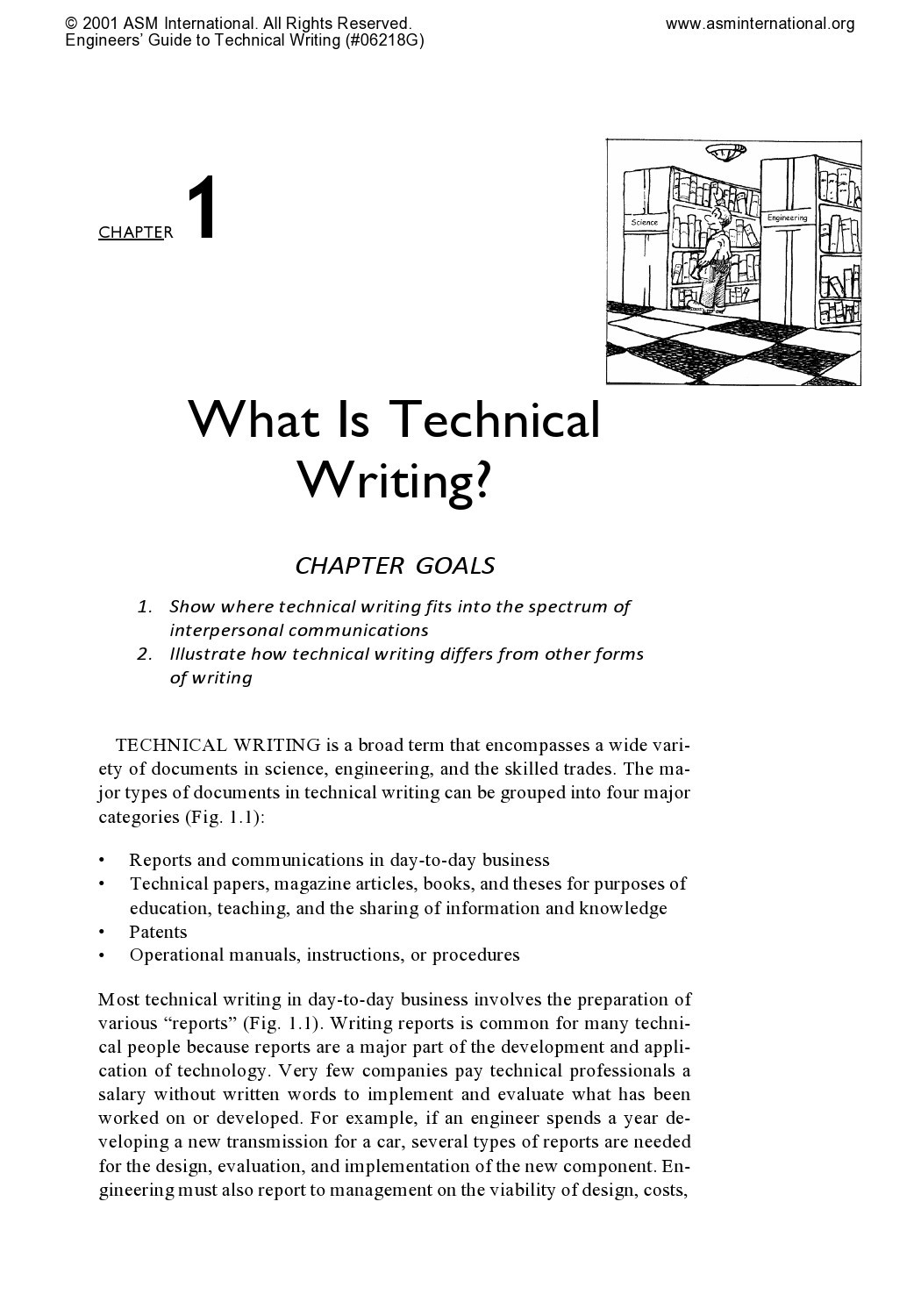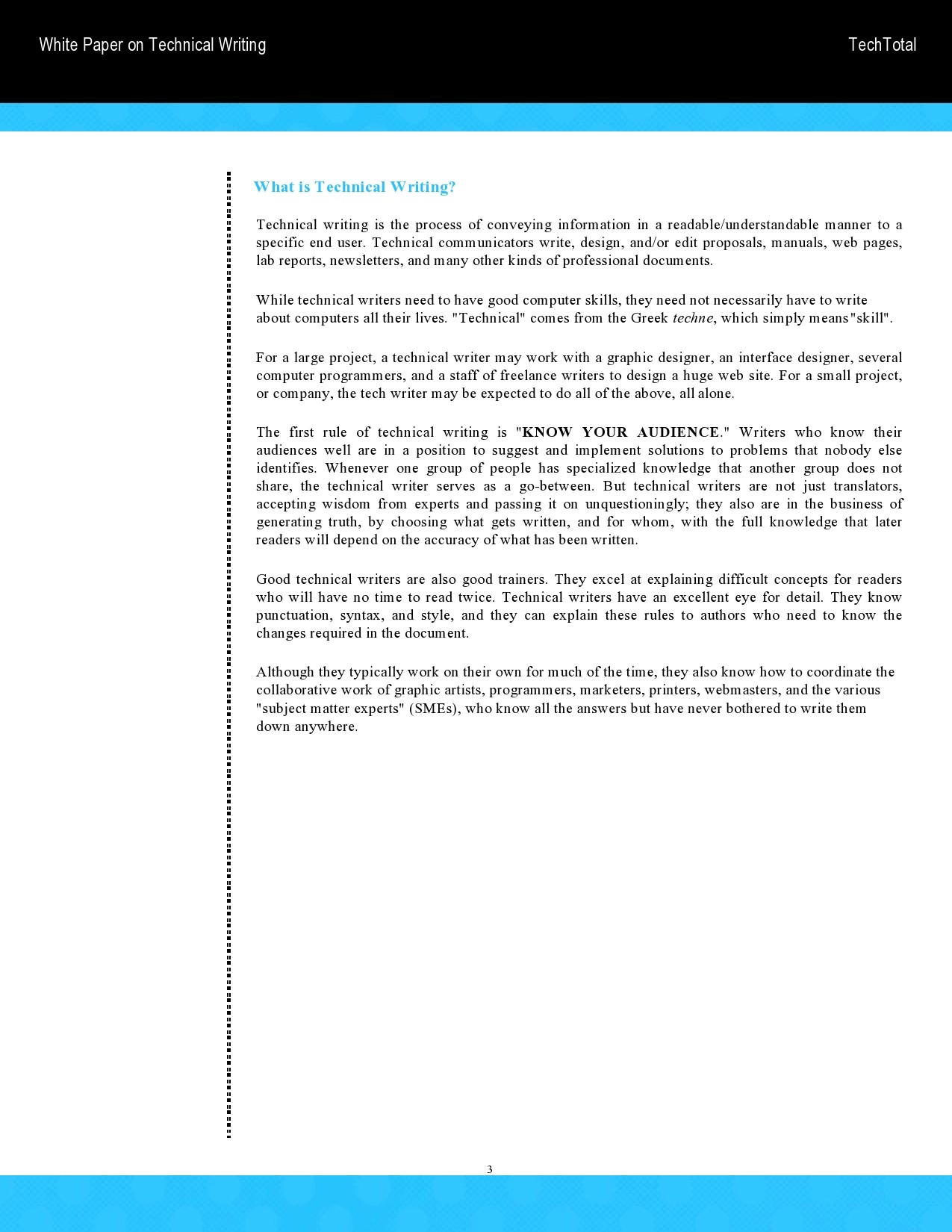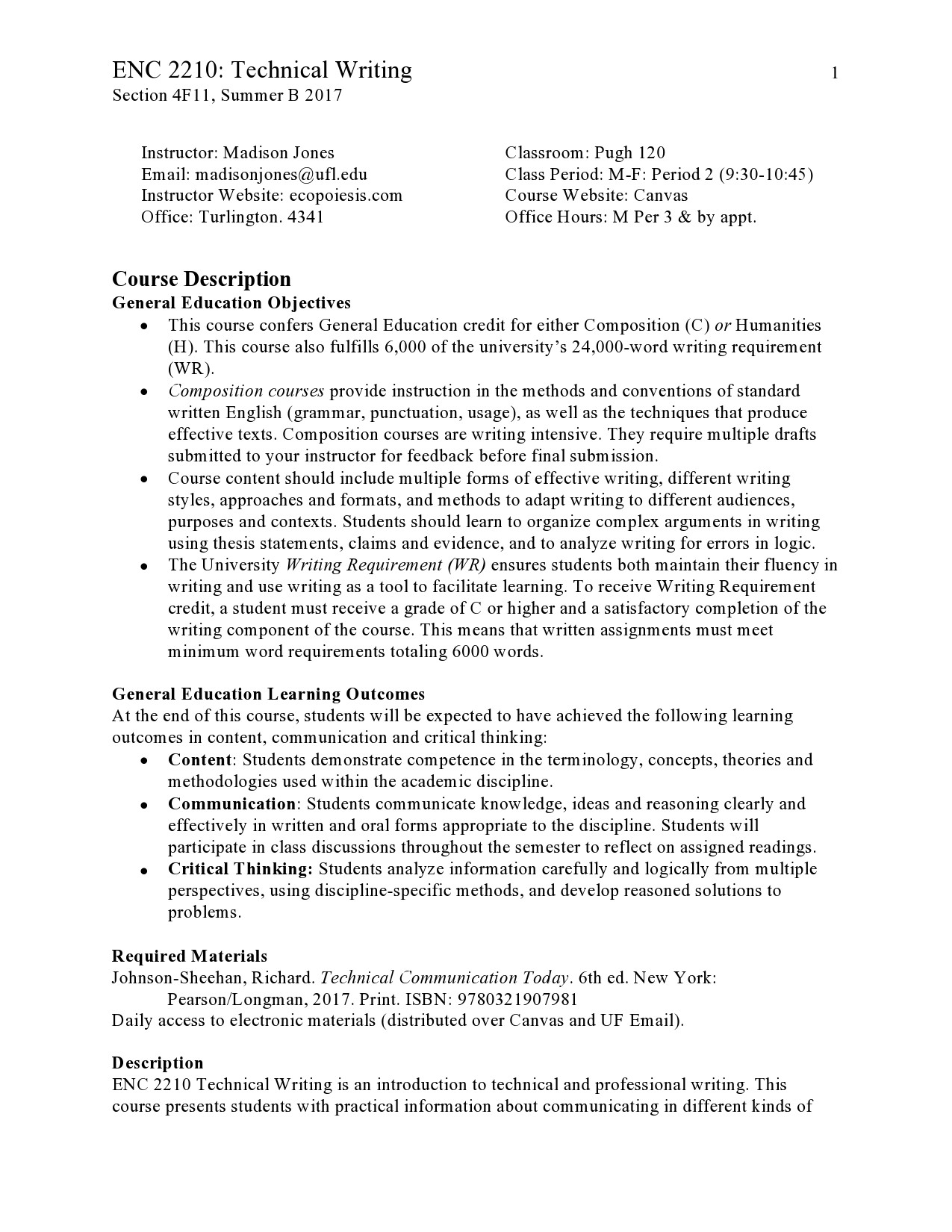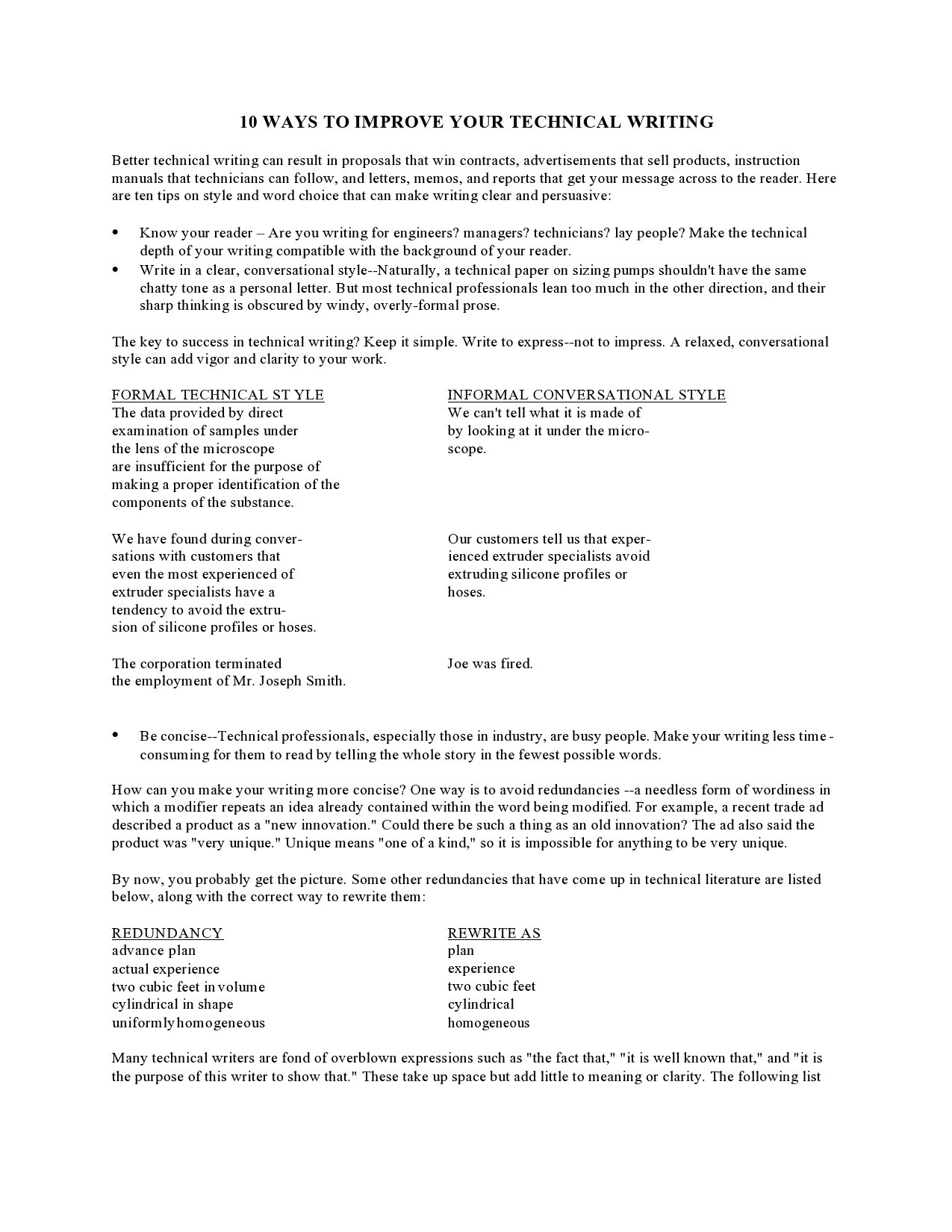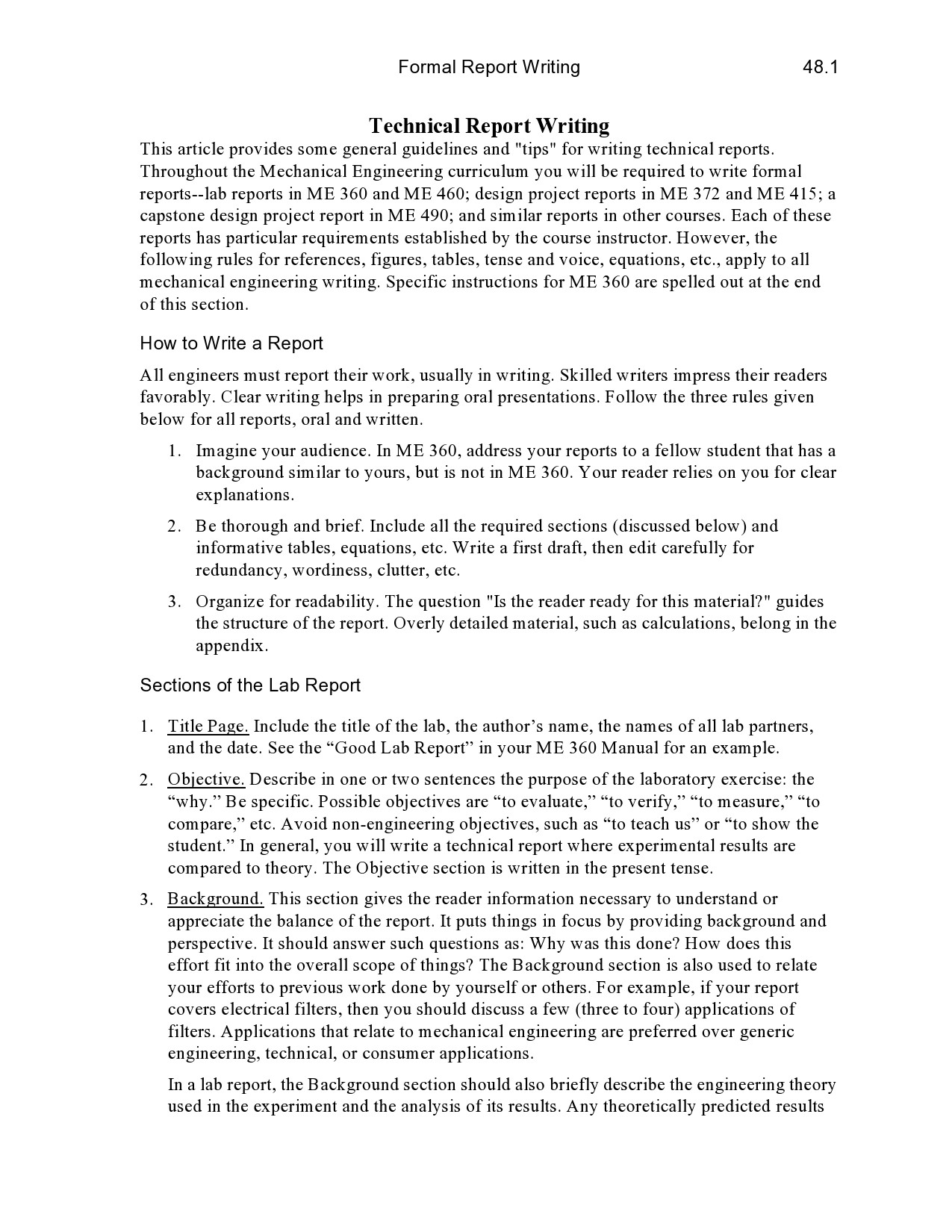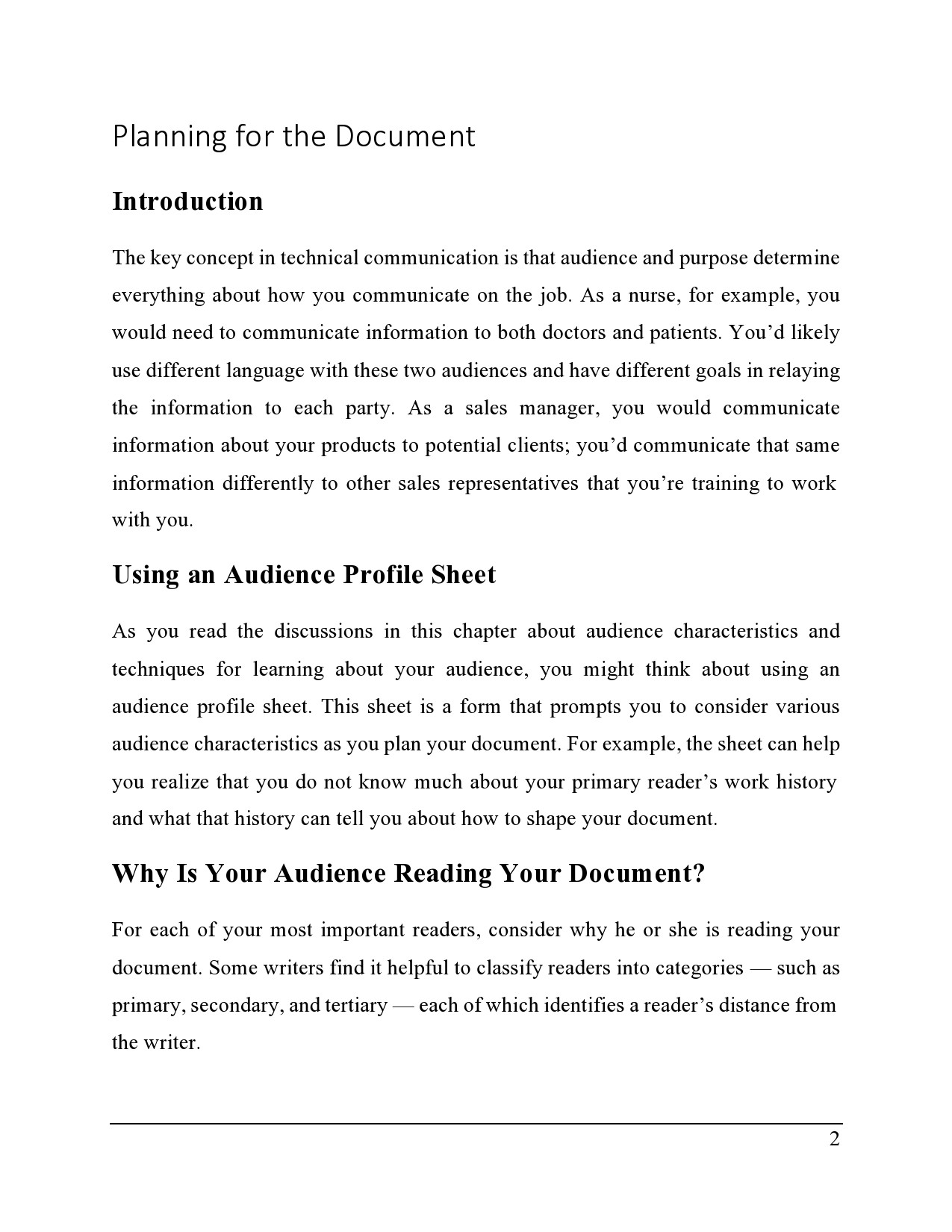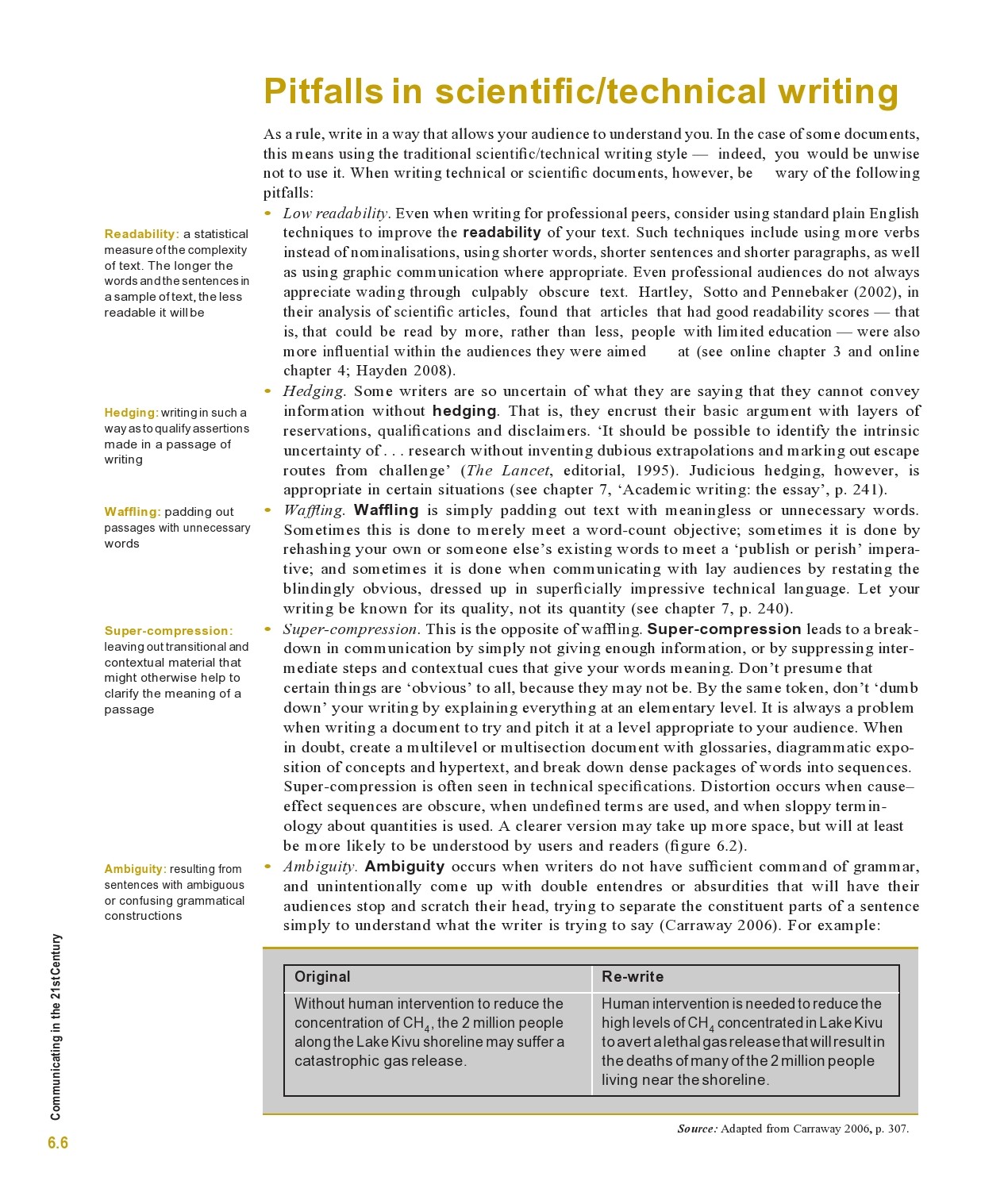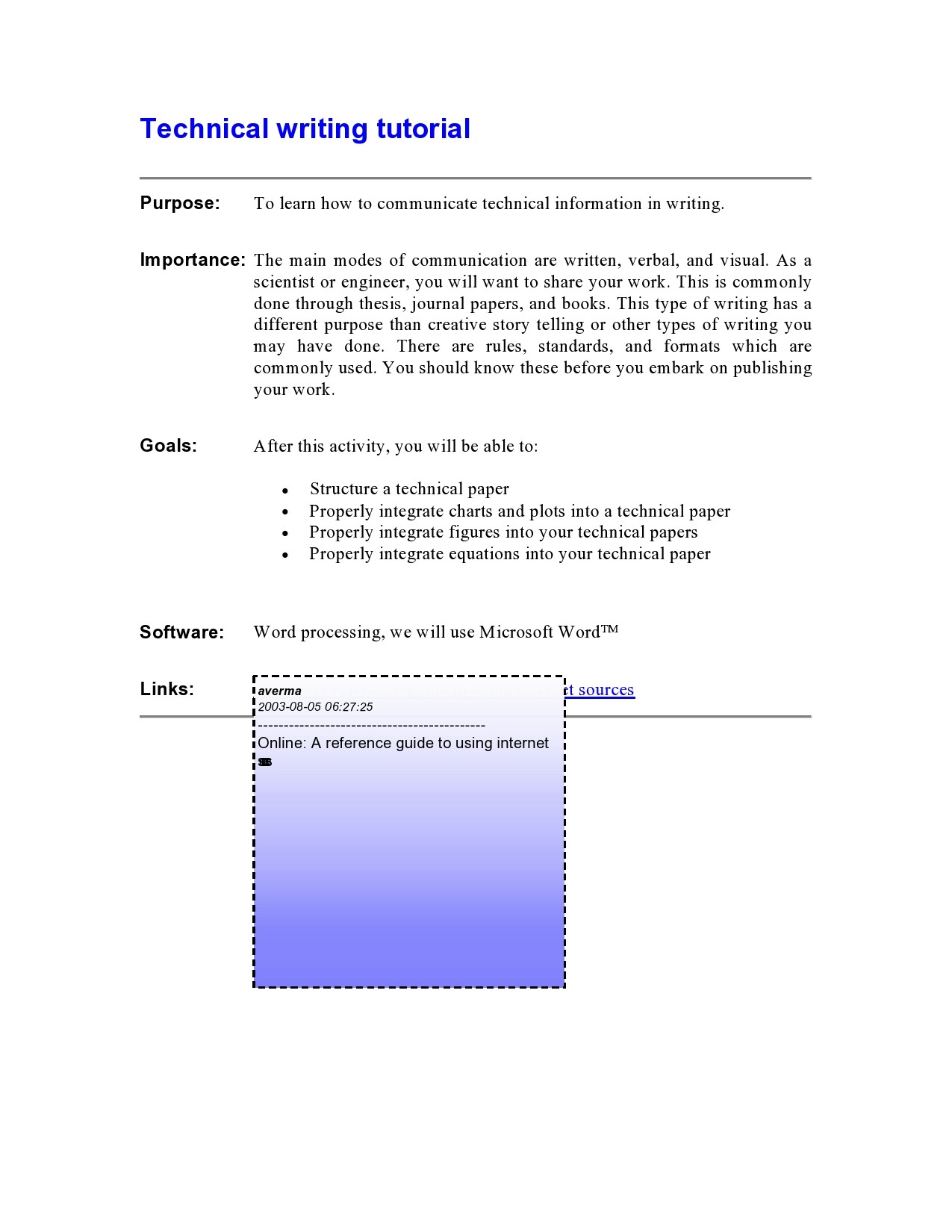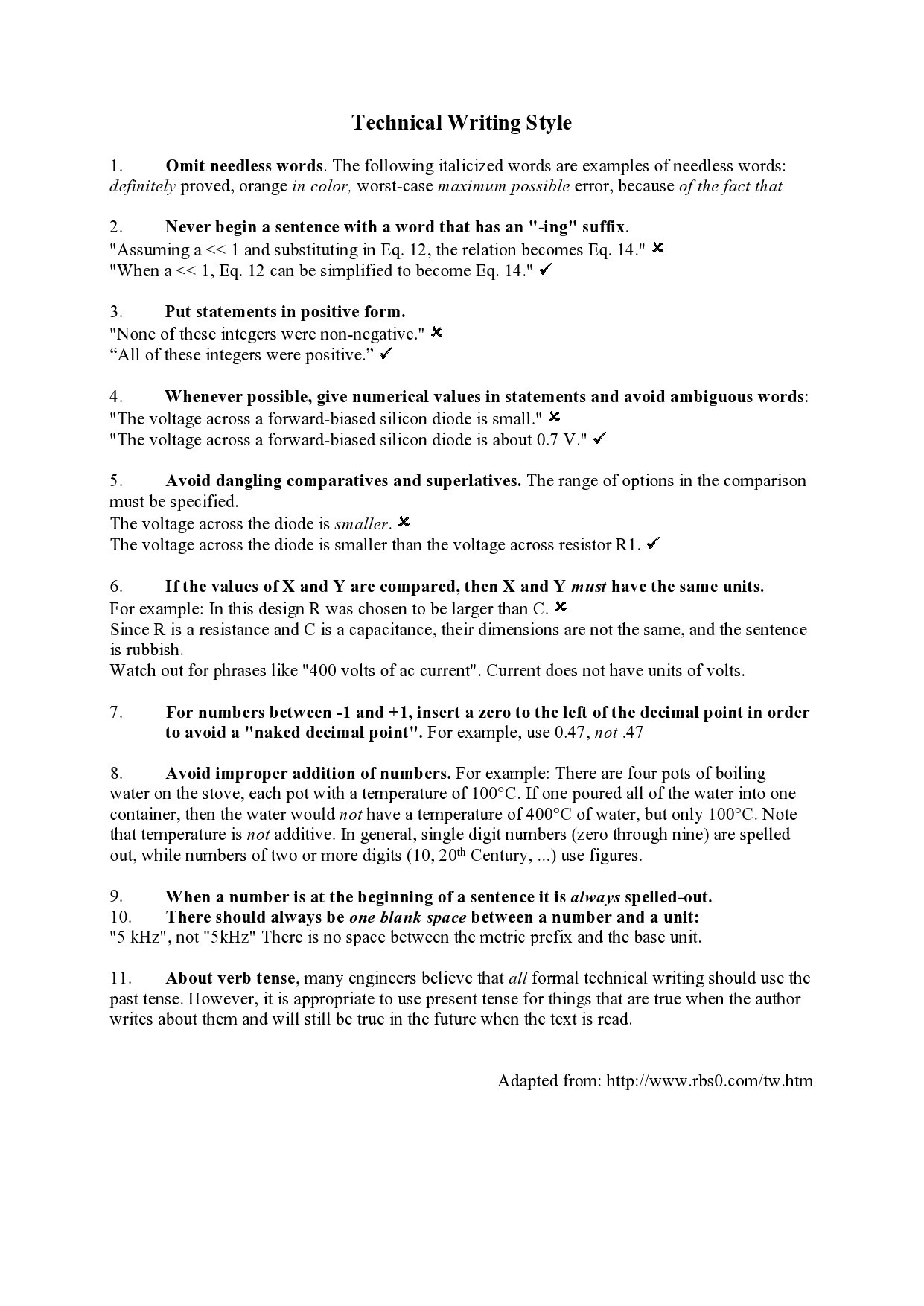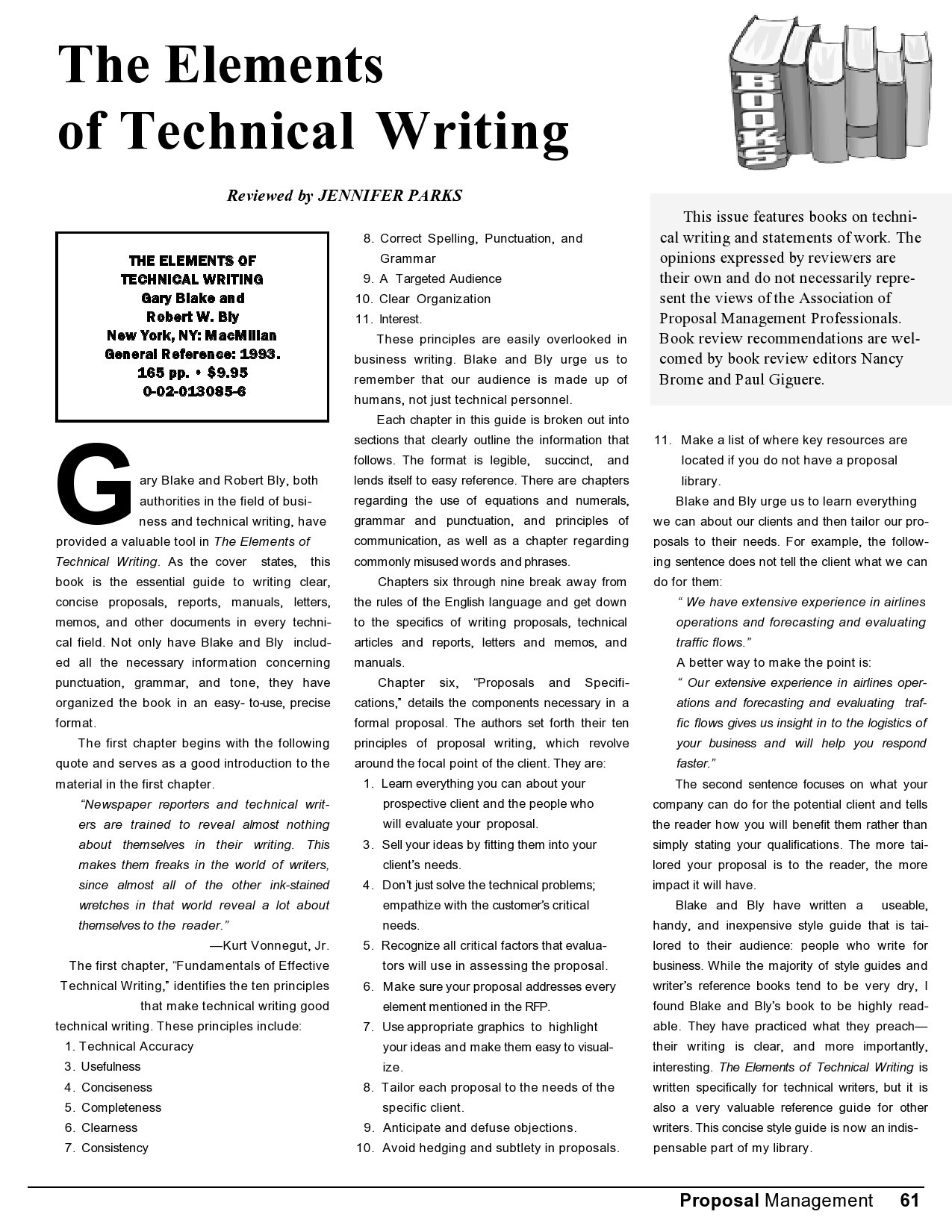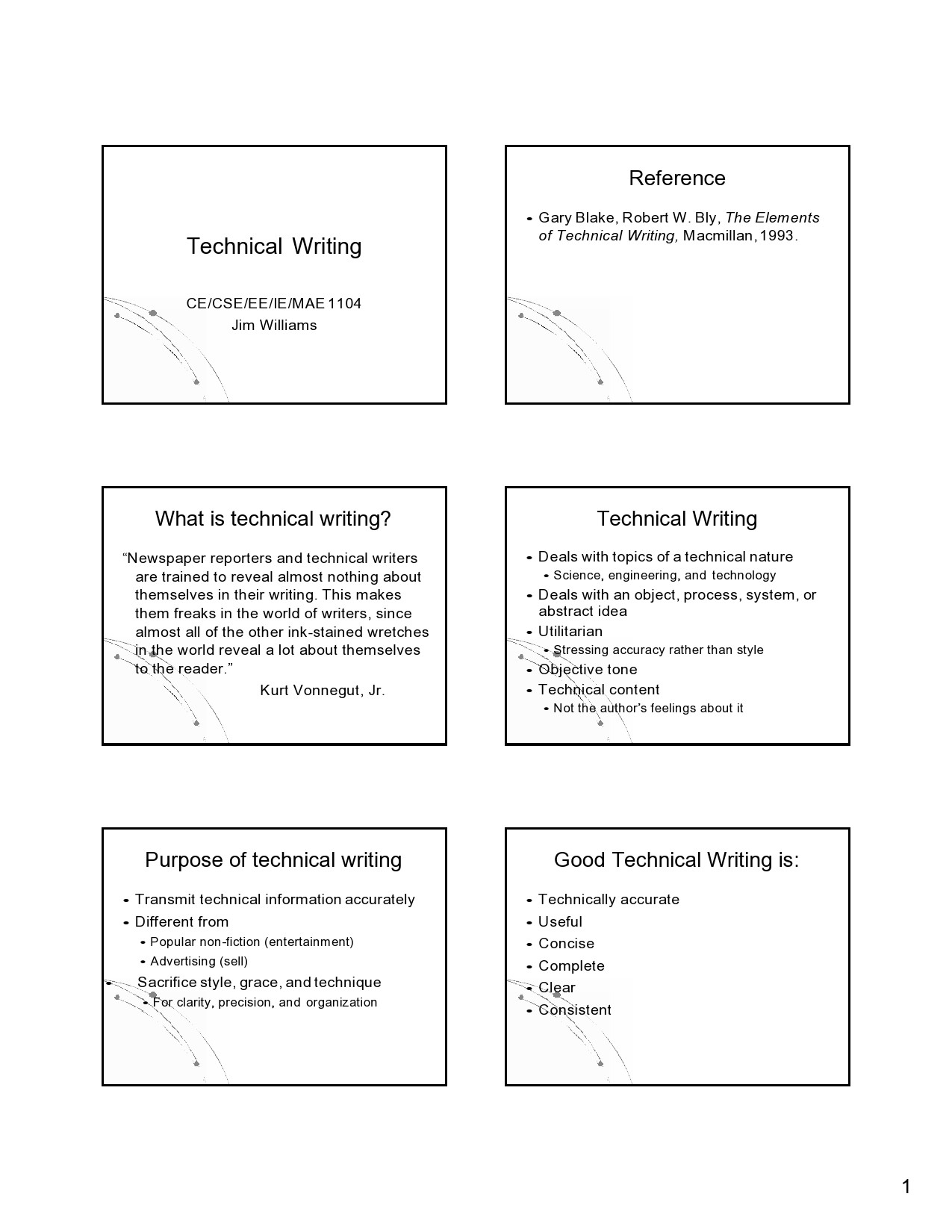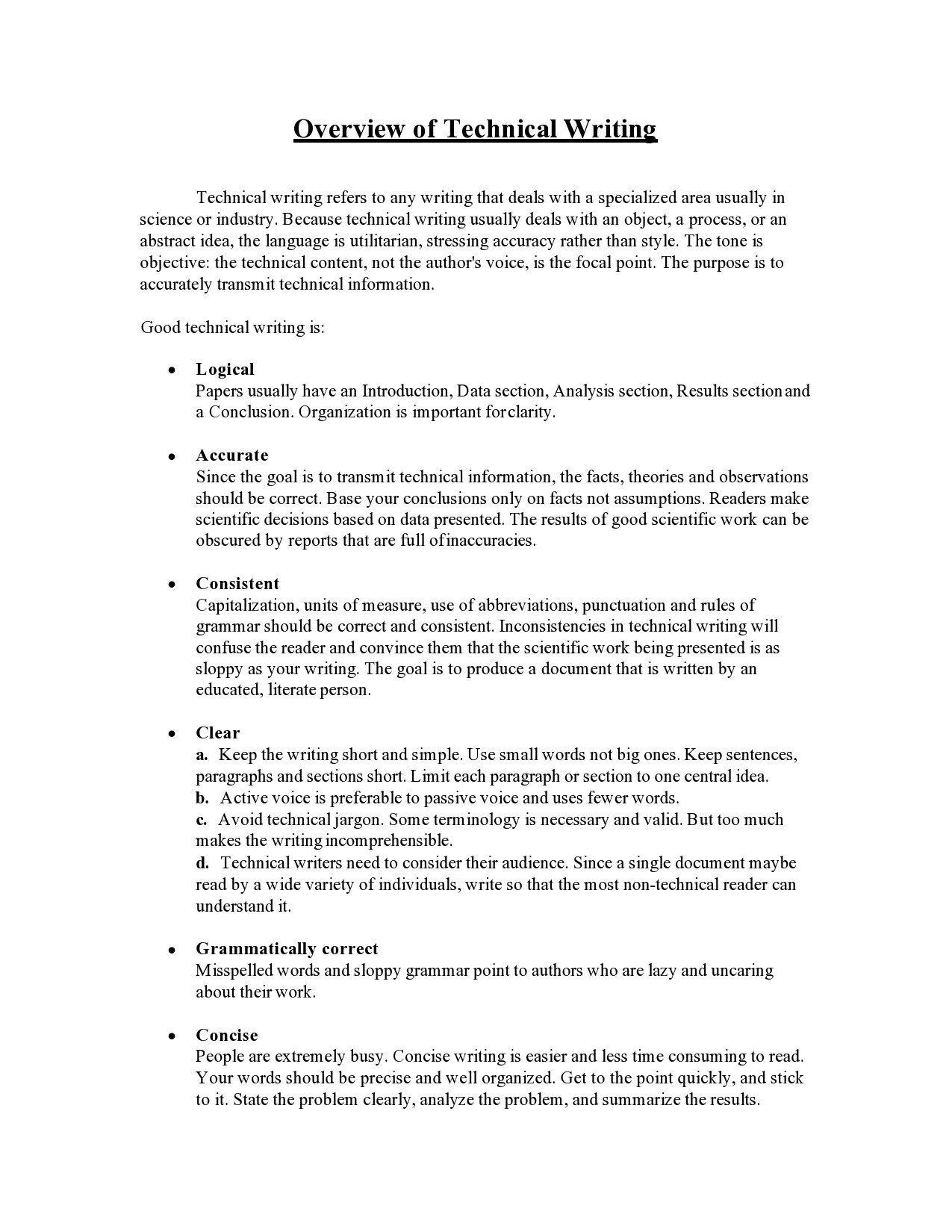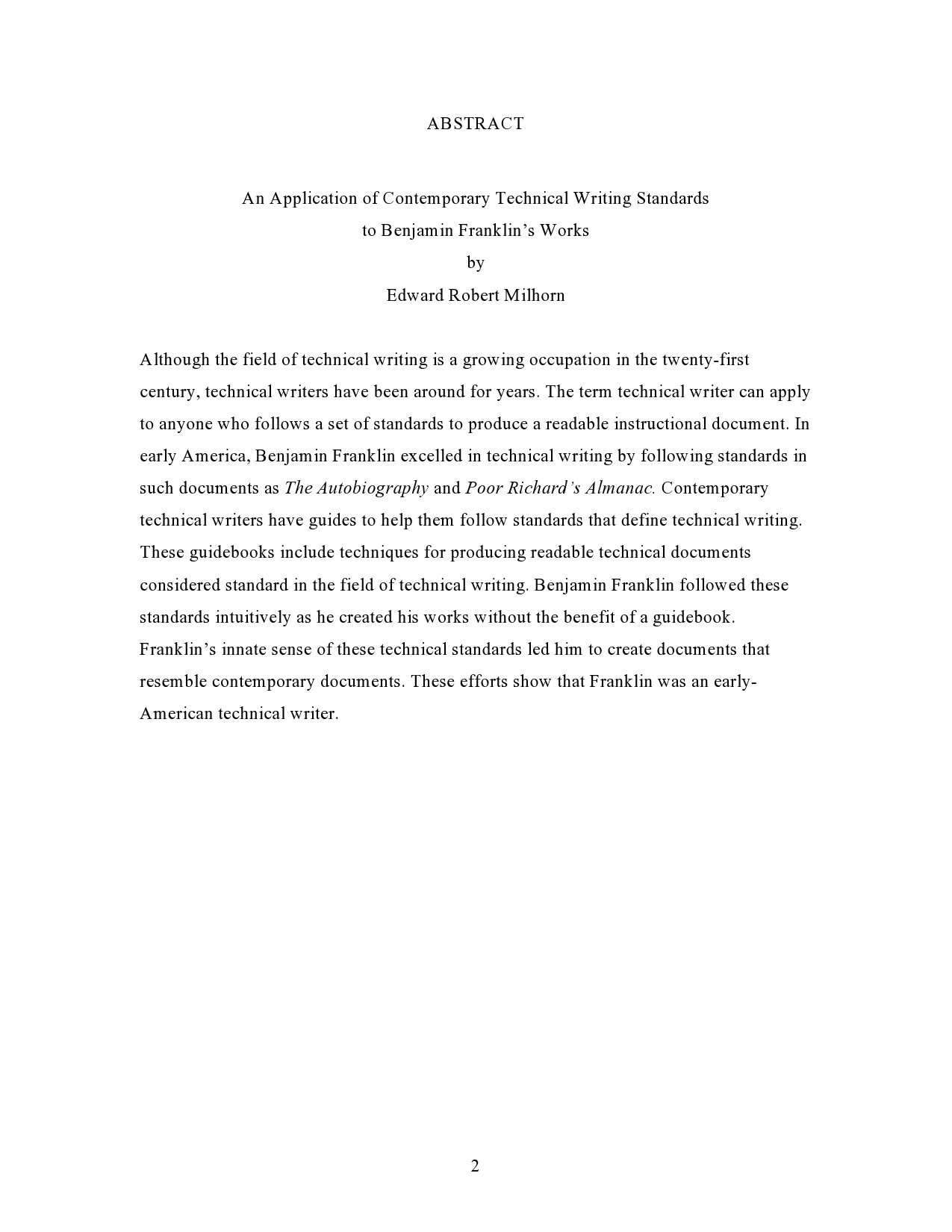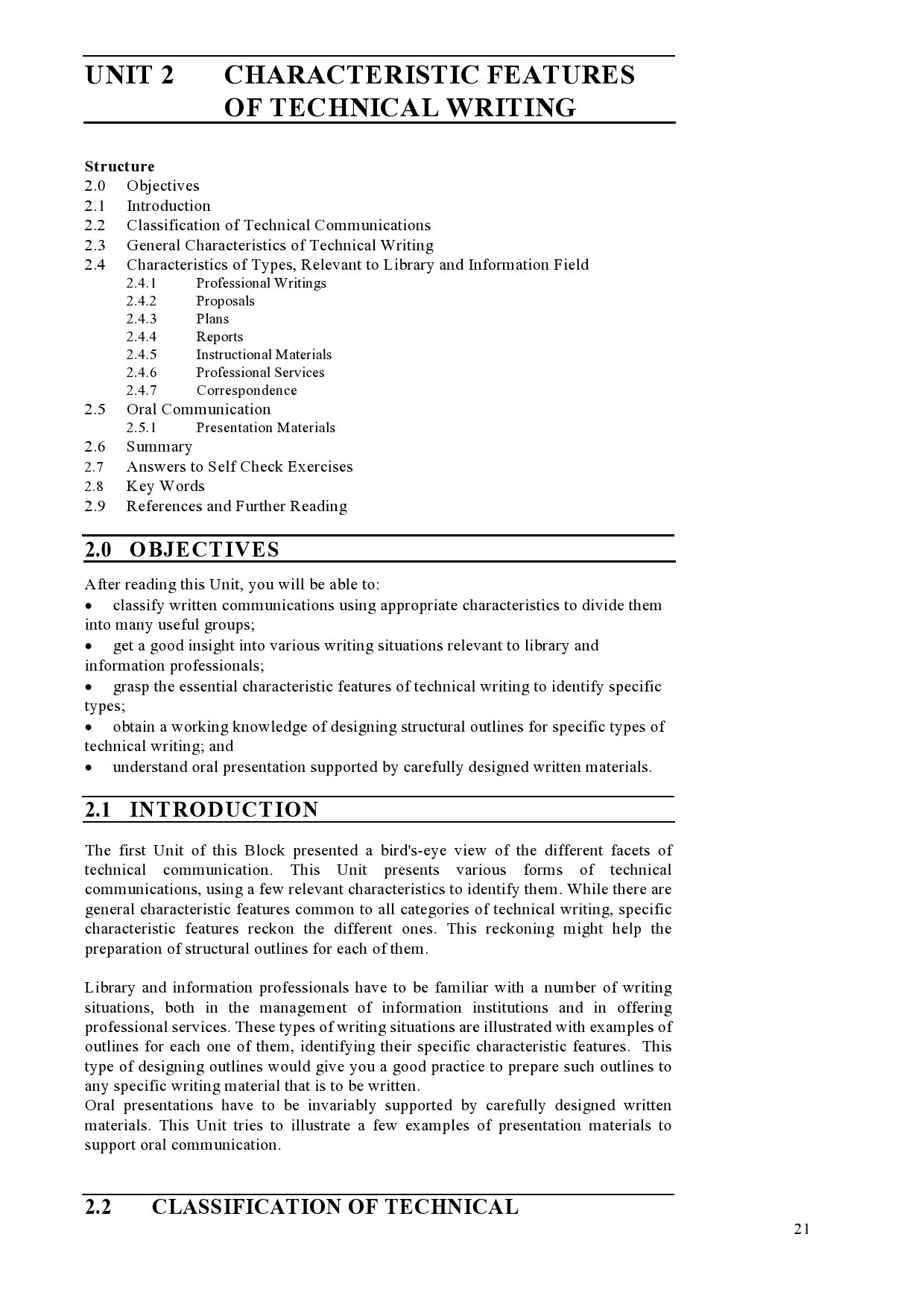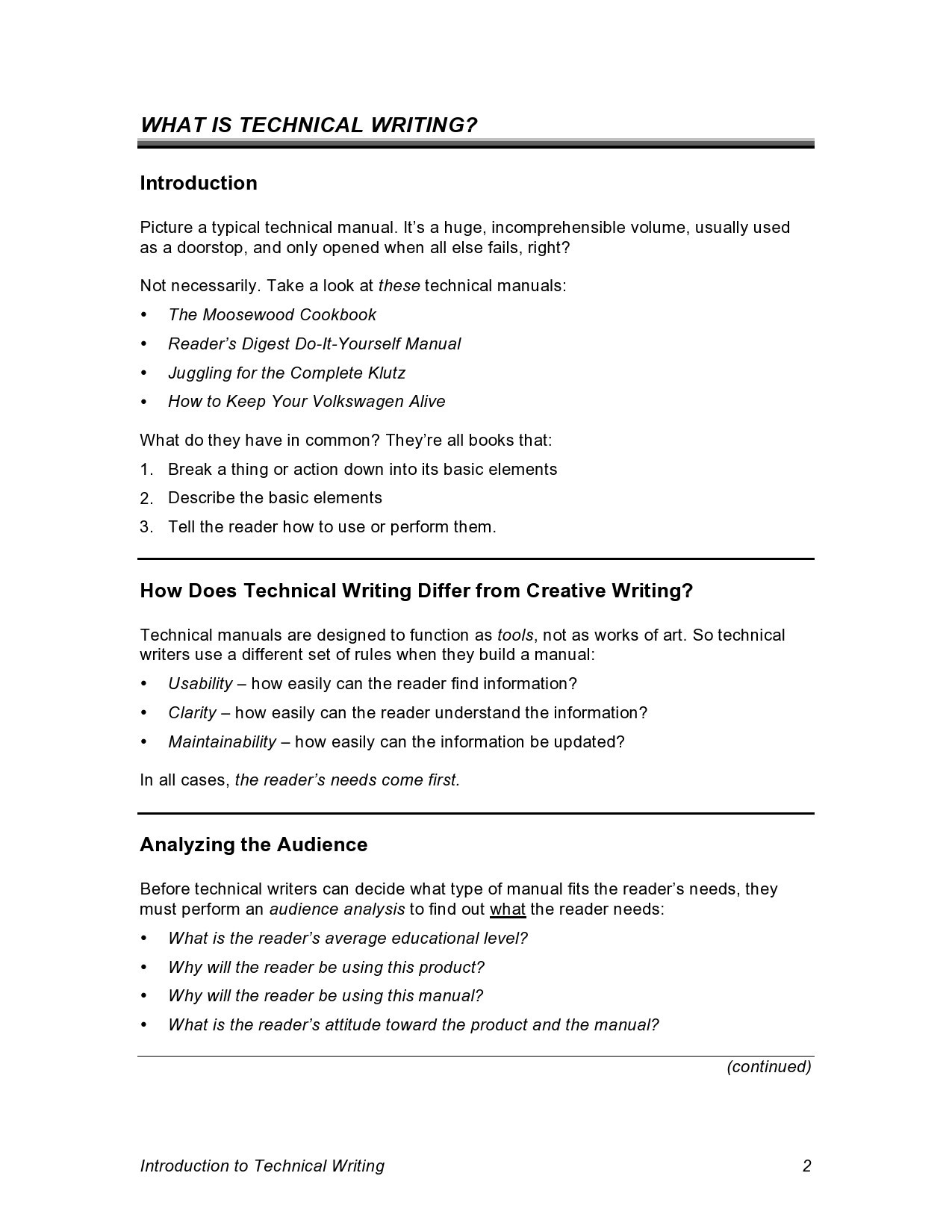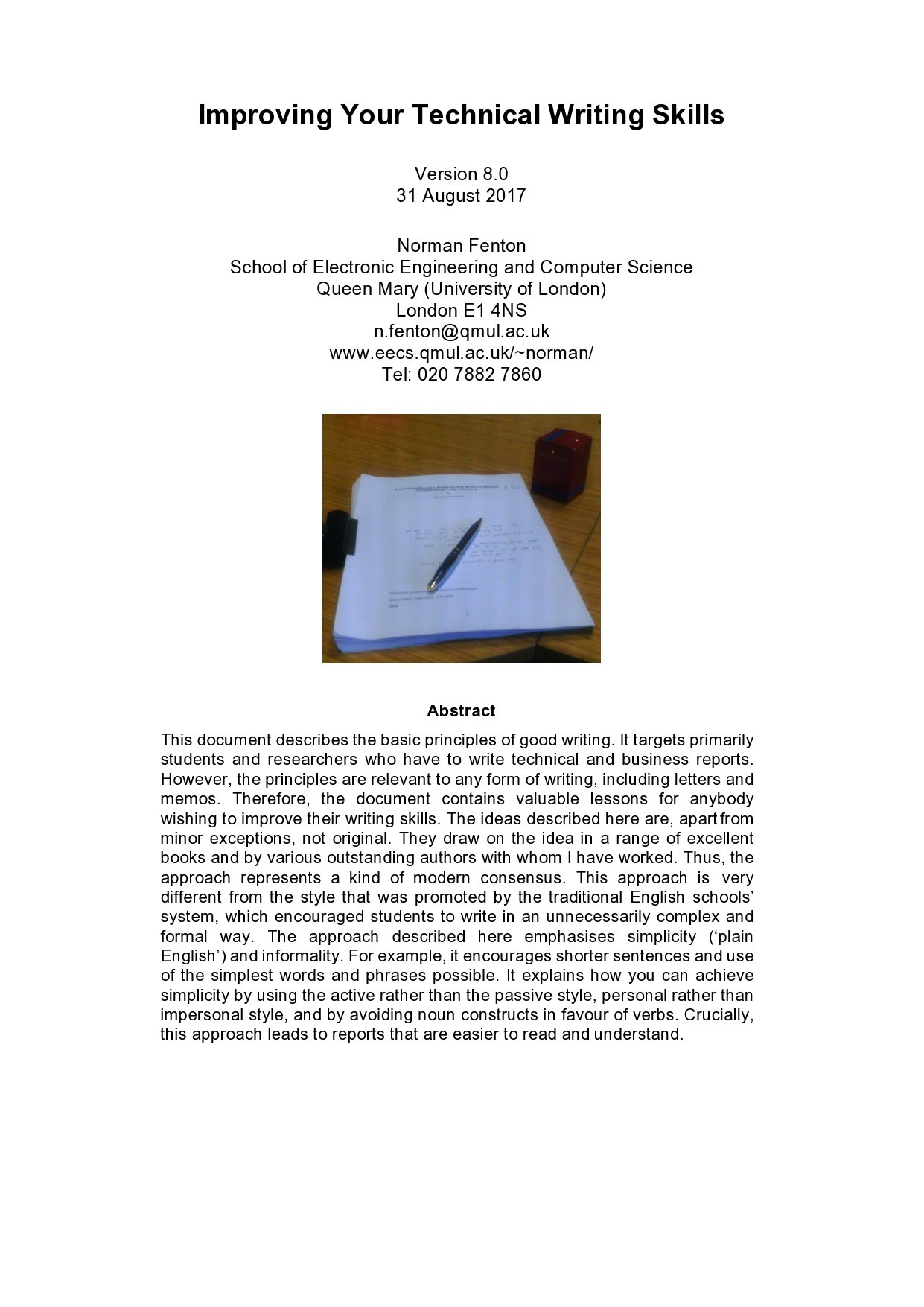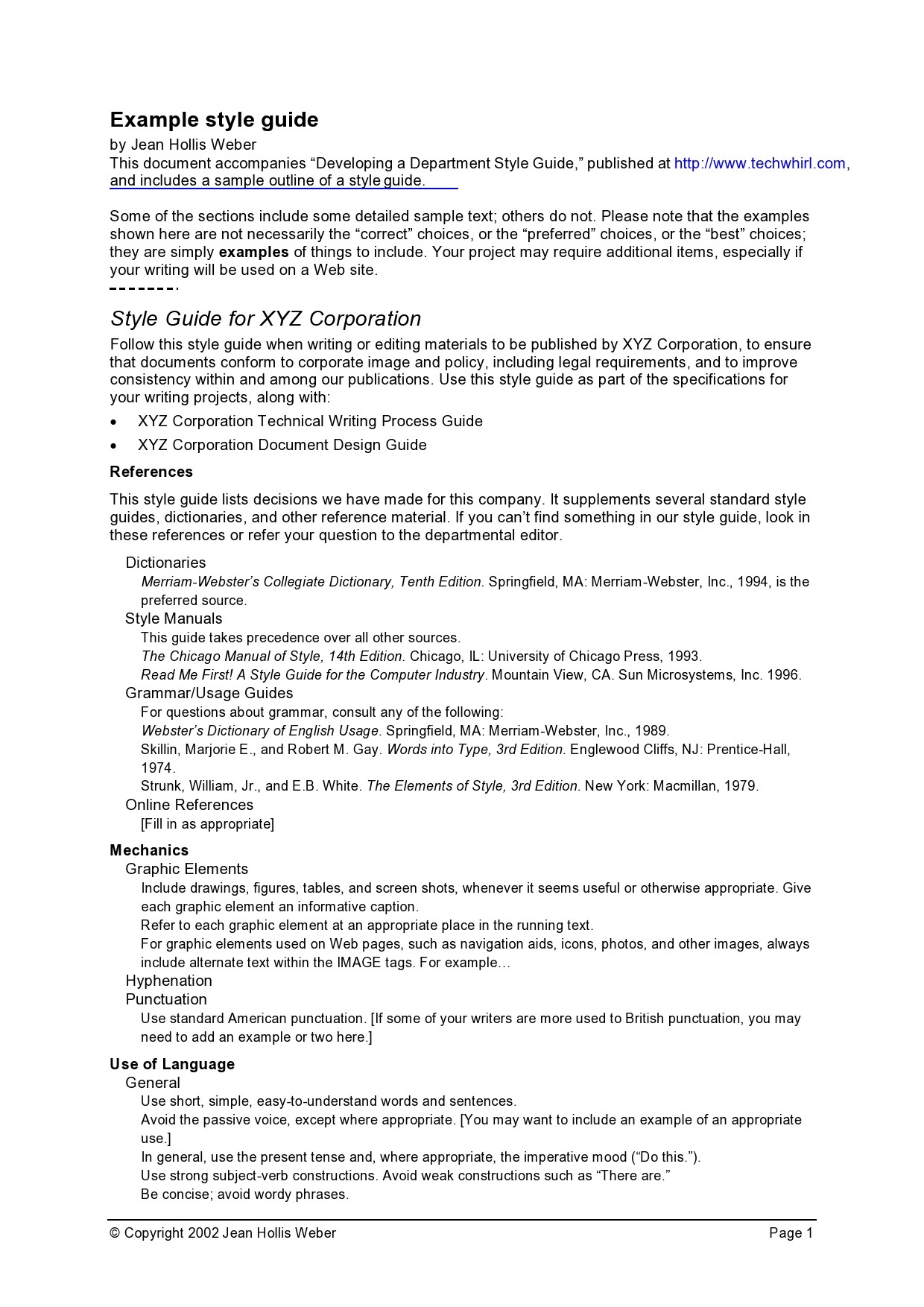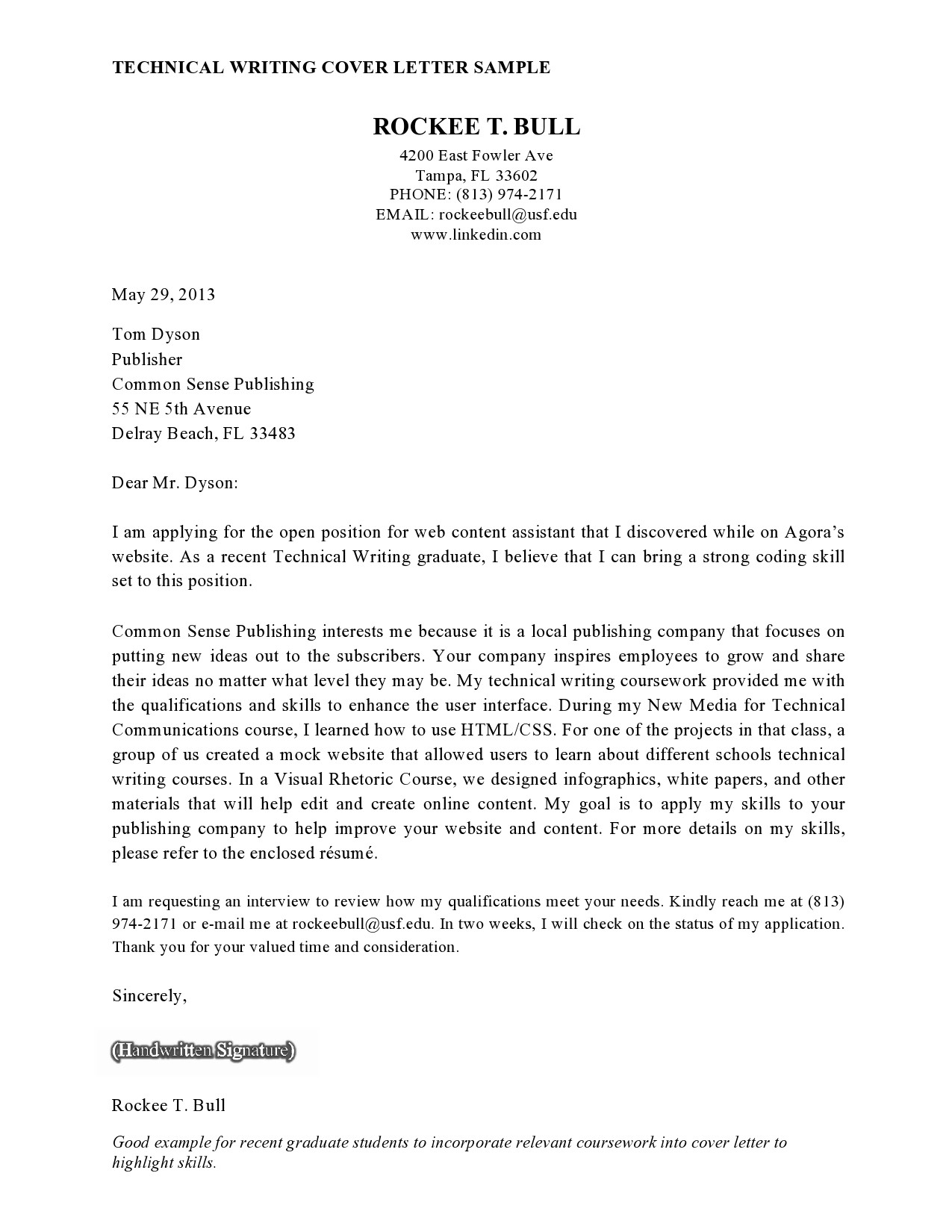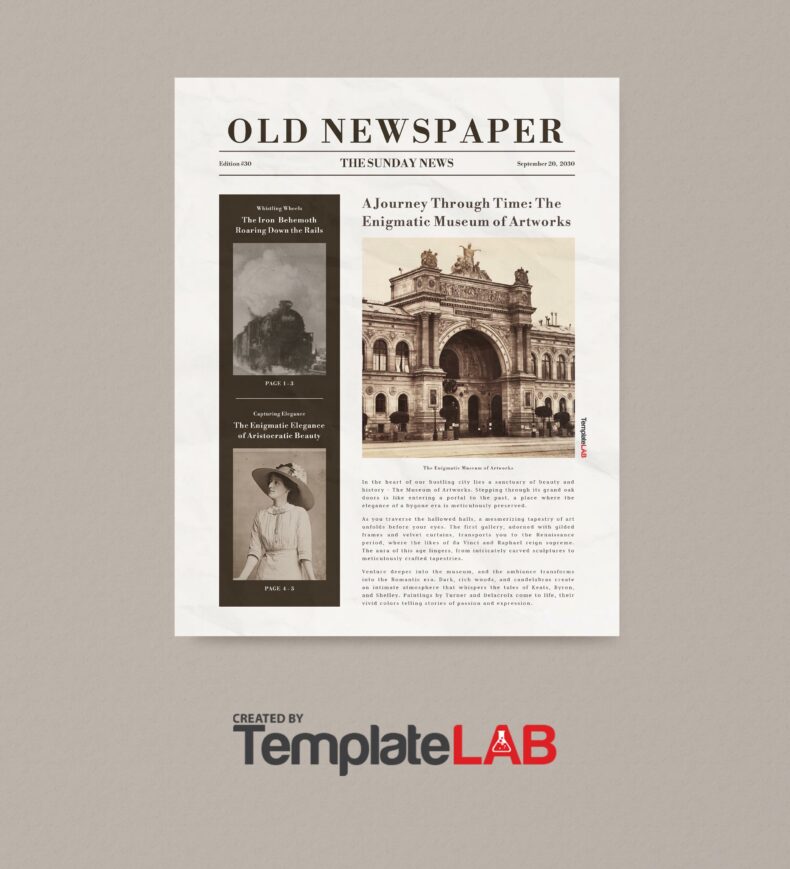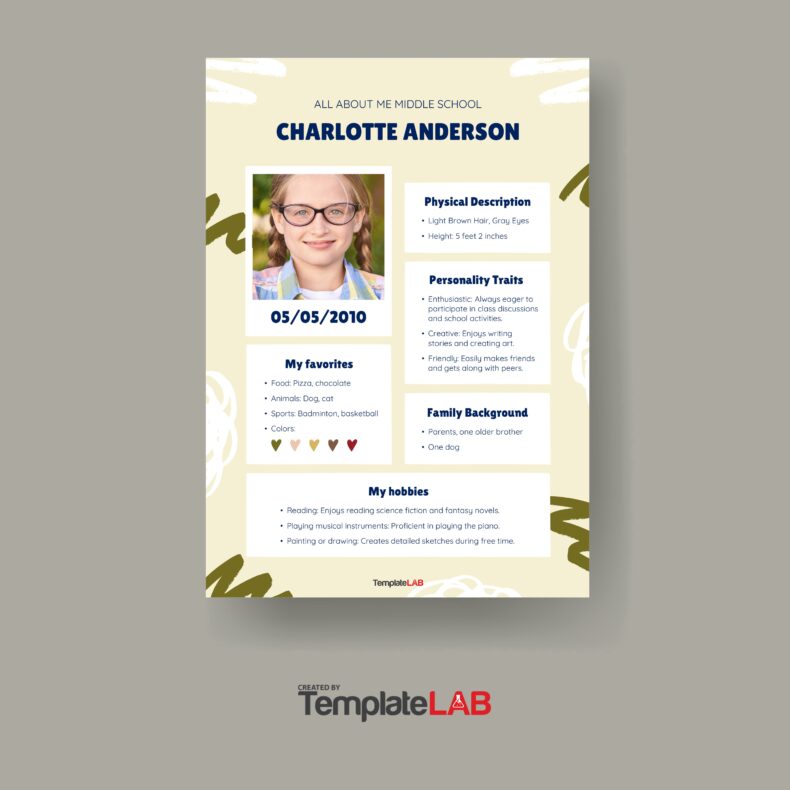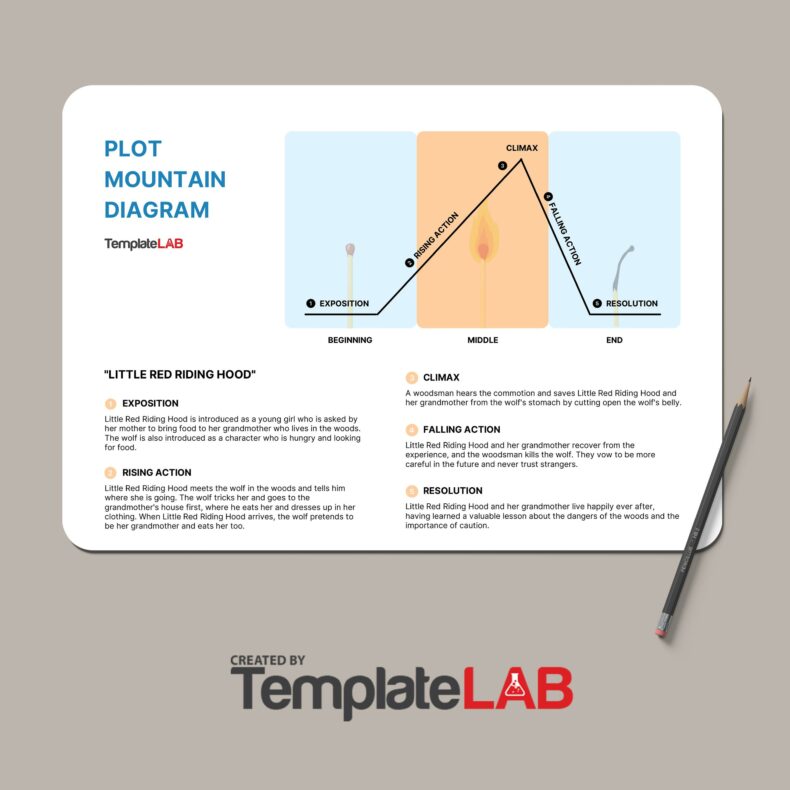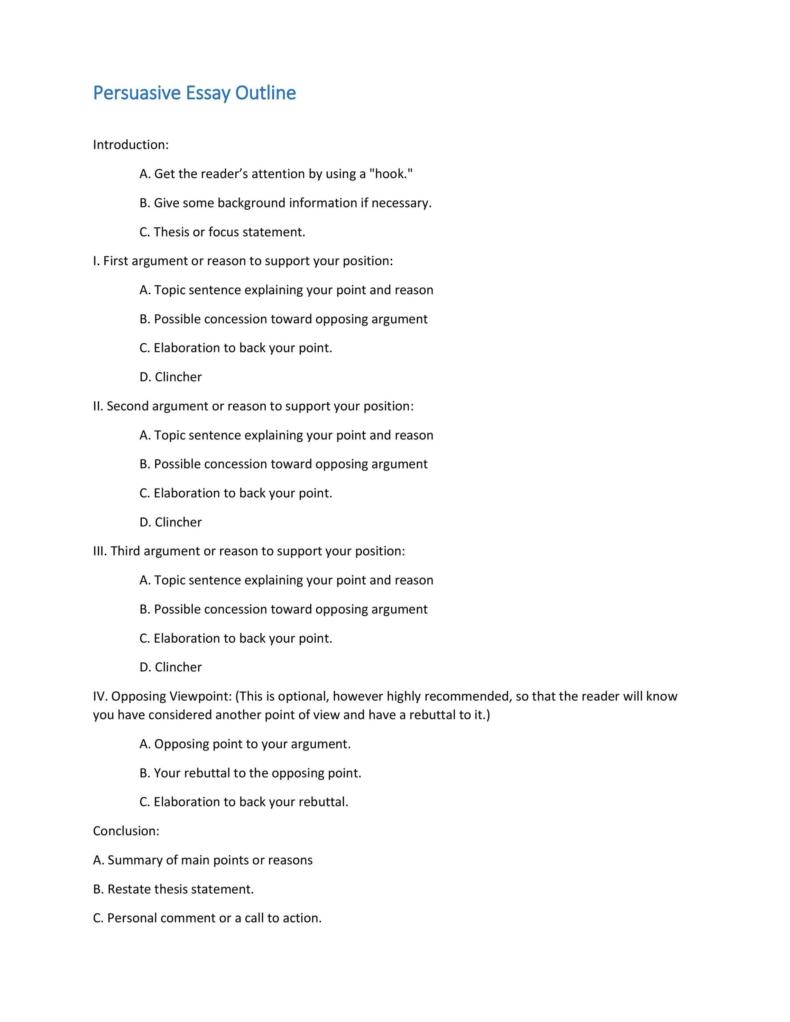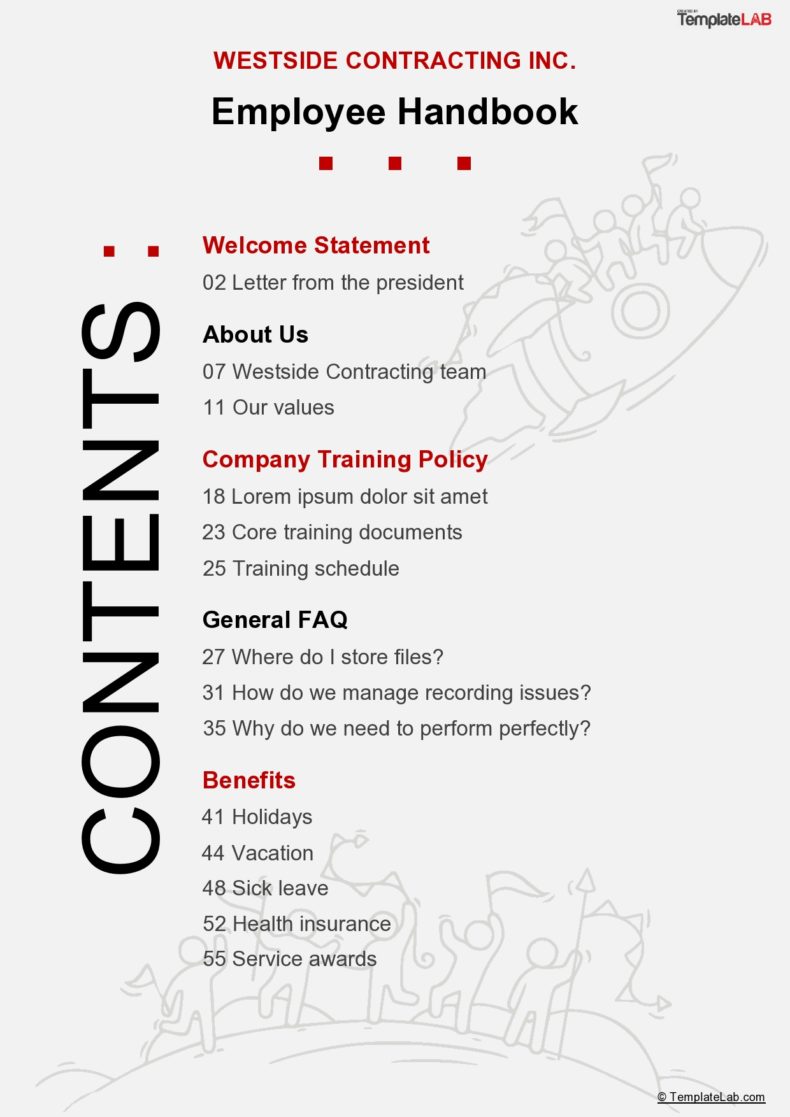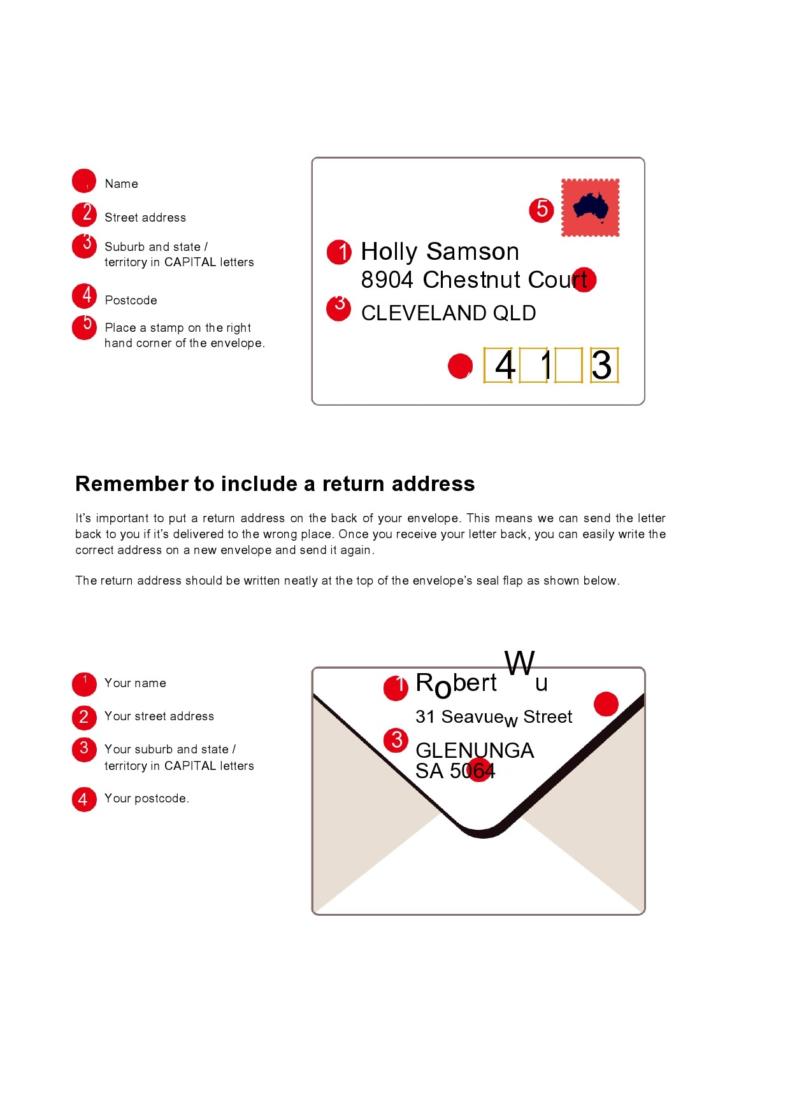The advancement in technology inevitably leads to people training their skills in technical writing, a valuable asset. The skill is crucial, especially for those who work in tech-related businesses. Learning how to make technical writing examples gives you the ability to communicate knowledge. Technical writing skills don’t just involve understanding information and writing it down in a document but also taking high-level information and processing it into a more “digestible” content.
Table of Contents
Technical Writing Examples
What does technical writing mean?
With regard to importance, technical writing is now at par with journalistic and creative writing. Many would feel surprised to discover that technical writing has existed since the dawn of writing language itself. People have used technical writing examples to transform complex explanations and equations then simplify them for average readers and laypersons to understand.
Take, for instance, a textbook. You may consider this a document done using technical writing because it takes complex ideas and breaks them down into more comprehensible bits for students. The main purpose of technical writing samples has nothing to do about entertainment or engagement. It was primarily created to teach the required information for learning how to perform a certain task.
Each time you purchase a product, it usually comes with a set of instructions, an instruction manual, rulebook, definitions or other such manuals. The writing used here is different types of technical writing. To learn how to master this skill, you should learn the right technical writing tips.
Technical Writing Samples
Characteristics of technical writing
If you have an interest in acquiring technical writing skills, you should know the important characteristics of the art. There various types of technical writing, each having its own purpose. What makes technical writing special is that it’s primarily informative, specifically in explaining different topics to other people.
It is commonly used in manuals and other technical documents that provide information and direction. Like any other styles of writing, technical writing has its own characteristics including:
- It’s very direct
It doesn’t use terms that people don’t understand and shuns away from eloquent writing styles. - It’s straightforward and clear
If you want to create a professional technical writing sample, stick to the subject matter and convey the information you’re writing about in a concise and clear manner. - It has a solid structure
This means the style of writing has an easy-to-follow composition that makes it easy for readers to understand. Solid structure is the main feature of technical writing as it enables the readers to access the information they need easily. - It’s very informative and detailed
The contents of materials written using technical writing skills should provide information by describing the topic as completely as possible.
What is the purpose of technical writing?
Every style of writing has its own objective. For a technical writing example, the purpose is to provide complex or confusing information to help people understand better a certain item like a computer, a new technological device, a new drug, and so on. It should also explain how a certain item works or how to finish a project.
The main target of technical writings is the people searching for information about a specific subject. The main goal is to make certain that the information provided is very concise, clear, and easy to comprehend. Technical writing can sometimes be very challenging for some people because it requires the reader to translate the information that’s hard to understand into terms that anyone can comprehend without any problems.
There are other informative types of writing as well, but it is only the technical writing style that focuses on clearly presenting the information in a specific way so that readers can utilize the information for different purposes.
Technical Writing Skills
Where is technical writing used?
The main purpose of a technical writing example is to share technical information with those who need to learn about a certain subject. It comes as no surprise why most of the occupational and technological fields like robotics, electronics, engineering, chemistry, and more all use technical writing when creating instructions for the operation of machinery, technologies or for conducting experiments.
The field of technical writing can be extremely complex, especially for beginners but you can avail of technical writing samples to create for yourself a textbook, manual or other technical writing documents. With these samples, you can help create a good tone and flow for your document and outline all of the information you intend to include in your material. Here are some of the most common technical writing examples:
- Annual Reports
As a rule, companies should provide annual reports for the purpose of informing shareholders about last year’s stock performance along with other pertinent financial information. Even non-profit organizations have to come up with annual reports. For this, the technical writer needs a great amount of time to compile information, then present these in a comprehensive and attractive manner to the shareholders. - Help Files
In the digital world, these files are necessary for all software produces. The main purpose of these files is to make users independent. Businesses know that maintaining a Help Desk or a Customer Support Staff can be very expensive, thus, reducing company profits. You can even write a Help file for novice users who have had no prior knowledge of the software. - Legal Disclaimers
The legal disclaimer is a statement that establishes the terms of service. You would write this to limit your liability in the event of any legal processes like lawsuits. You should make sure that you’re kept protected if anything bad happens because of the use of your document. In simpler terms, you seek to disavow any future claims made by readers. - Standard Operating Procedures (SOP)
If you’re working in a company, you should familiarize yourself with its SOP. Most companies have these well-defined procedures for accomplishing routine tasks. For instance, an SOP can establish how the payroll process works, how new employees get hired or how to calculate vacation hours.
The use of an SOP can ensure that several persons in the company can do the same task in the same way to ensure consistent quality of work. Moreover, SOPs eliminate irregularities and favoritism. It ensures that workers can assume the tasks of employees who don’t come to work, have gone on vacation or got terminated without any changes in performance. - User Manuals
This refers to documents that usually accompany various electronics like televisions, gaming consoles, cellular phones, and the like. As a technical writer, you would have to write manuals that a novice will understand easily.
The manual should be easy to follow otherwise the user will resort to technical support through email or by phone. If the manual is too difficult to comprehend, the customer might have no recourse but to return the product.
Tips for technical writing
Even if technical writing skills take high-levels details, you should still explain these concisely and clearly to your audience. As a technical writer, you should come up with documents that are very clear, simple, and succinct. Sometimes, though, the results could just be the opposite.
One of your greatest challenges as a technical writer is to transform complex information into an accessible and digestible document. To help you out, here are some technical writing tips you can apply to your work:
- Before writing, think about your target audience
The greatest challenge of technical writing is to write for your target audience. Because of this, there is a need to define the audience in the document’s planning process then consider this audience in each step of your writing process.
When you have identified your audience, go a step further by coming up with a persona for such an audience and imagine that this exact person will be the one reading your document. - When you choose examples, think about them carefully first
Keep in mind that each technical writing sample you may encounter might not be a good example. You might even want to consider some of these documents as illustrations of what you shouldn’t do instead of the guidelines for what you should do.
At one point in your life, you may have bought an item that you needed to assemble and find out later that the instructions were not sufficient or were too confusing. This is a perfect example of poor technical writing. It is a good practice to review any sample document that you plan to use and make sure that the writing style and quality of information are good enough to serve the document’s intended purpose. - Use global English
Since English is an international language. Therefore, writing technical documents in this language allows access of your document by a broader audience. Also, consider that many readers will be non-native speakers. To accommodate the largest audience possible, use global English.
This English style is both literal and logical which makes it easier to understand. Furthermore, it overlaps with the principles of technical writing in terms of clarity and precision. Writing globally means you’re aware of the contents of your document which can be a challenge to comprehend or simply misunderstood.

